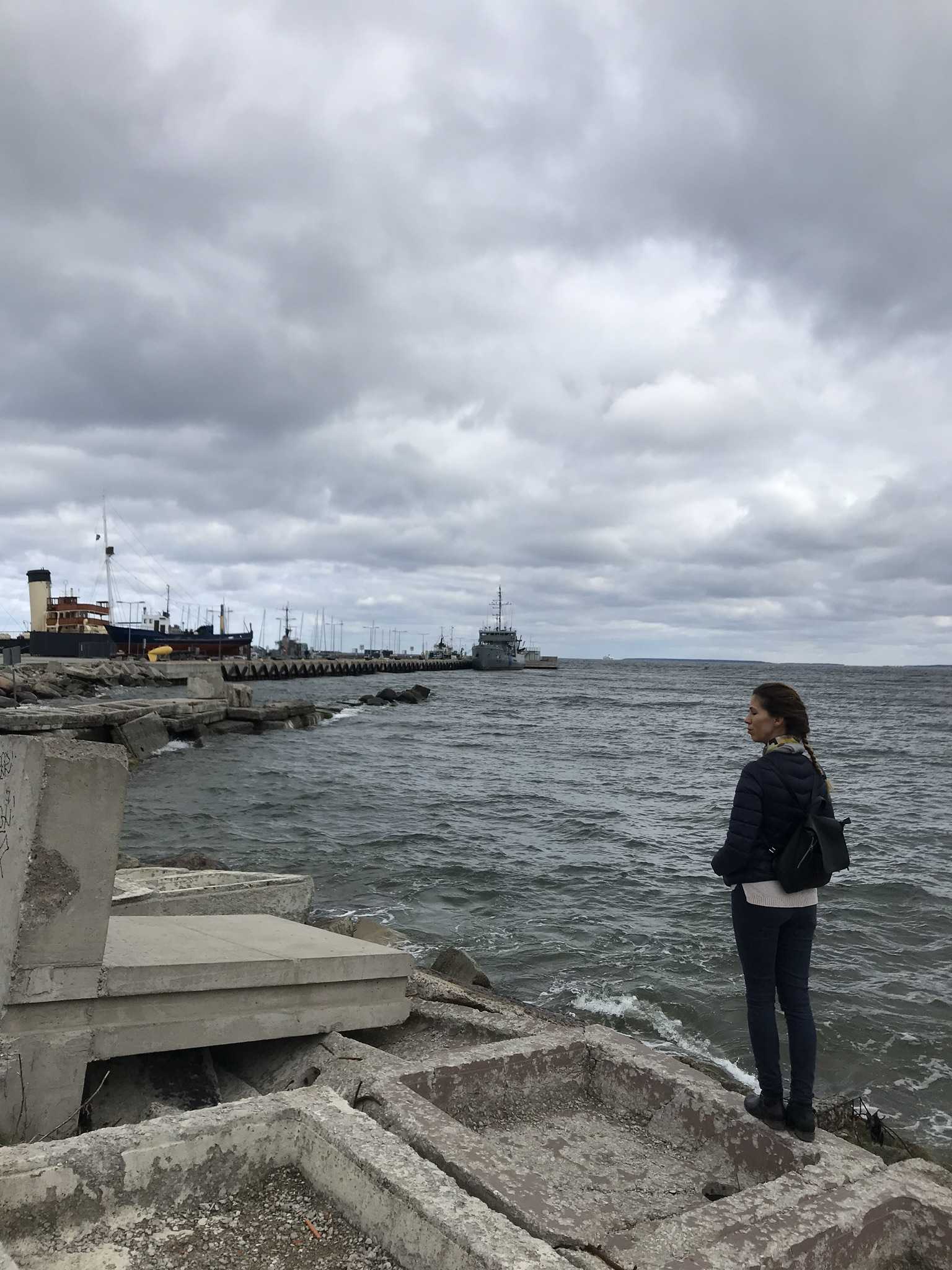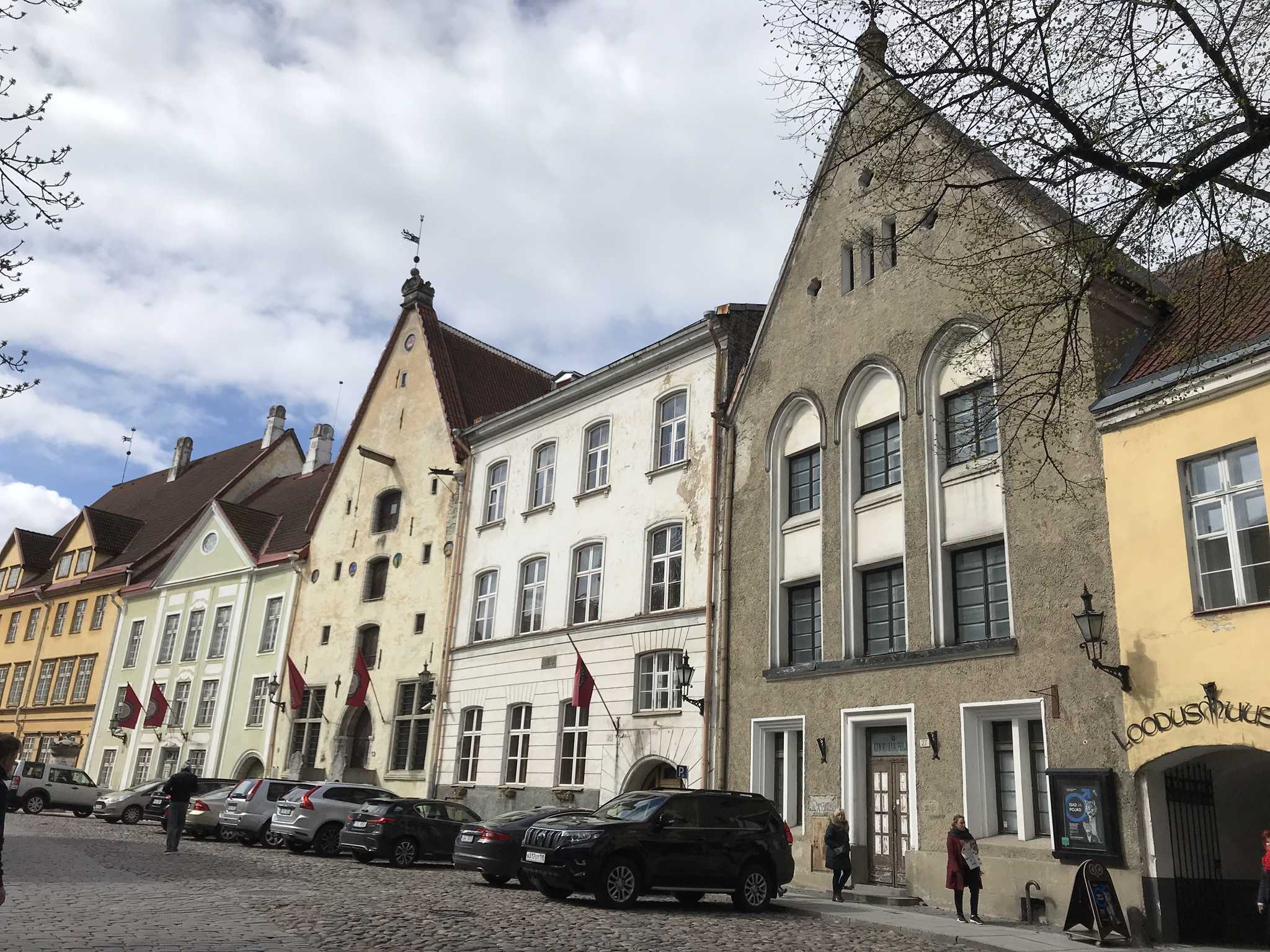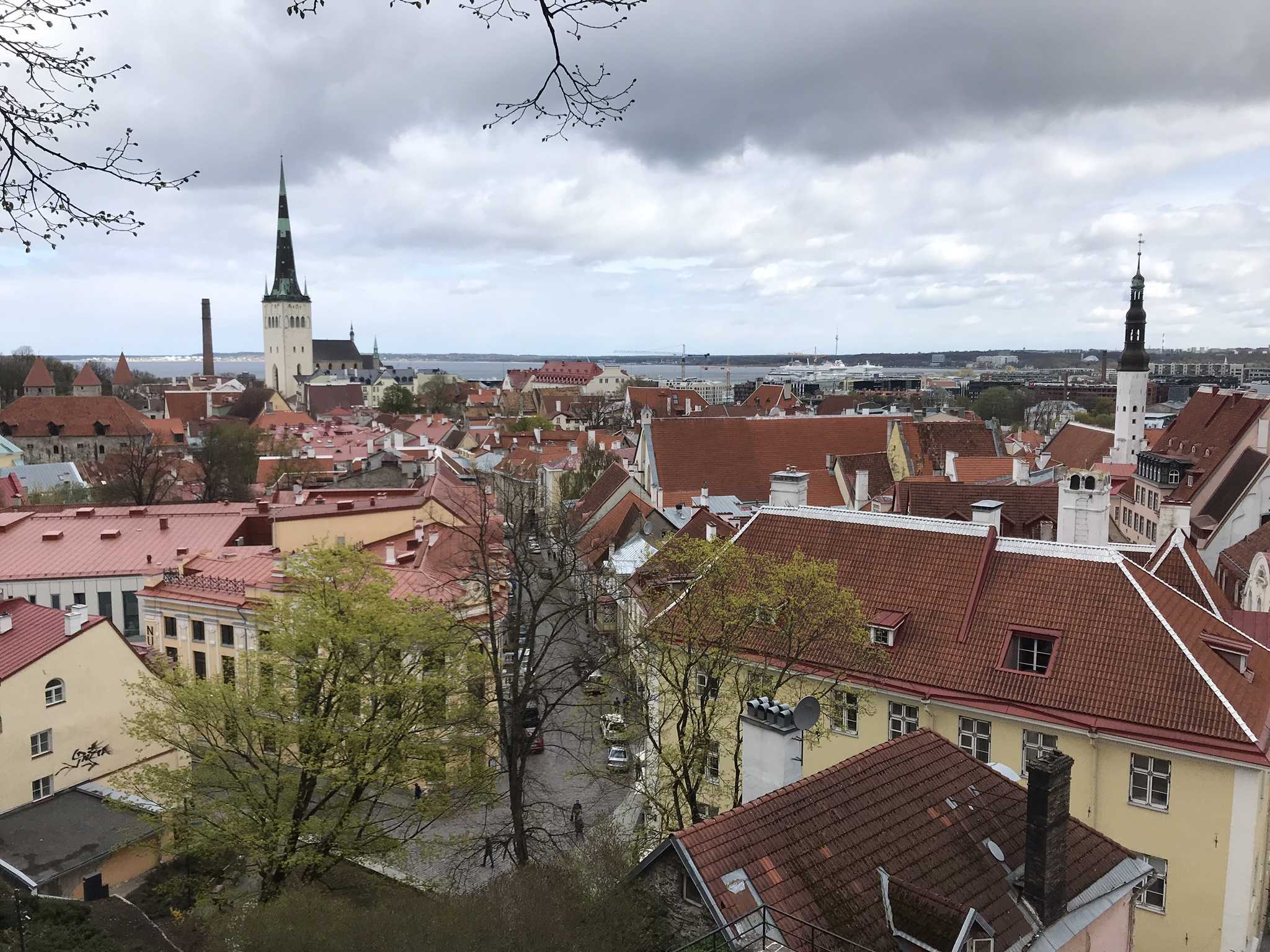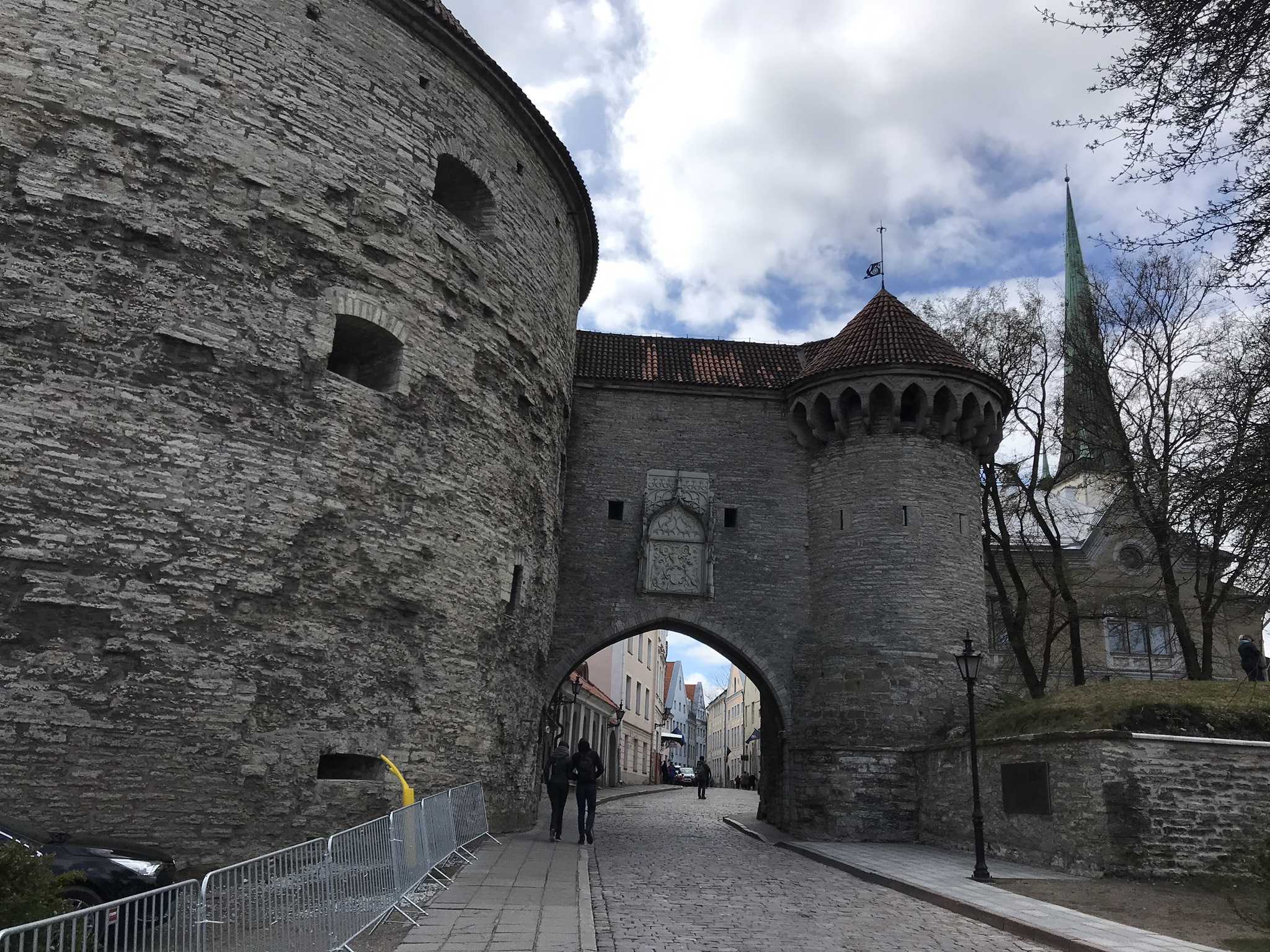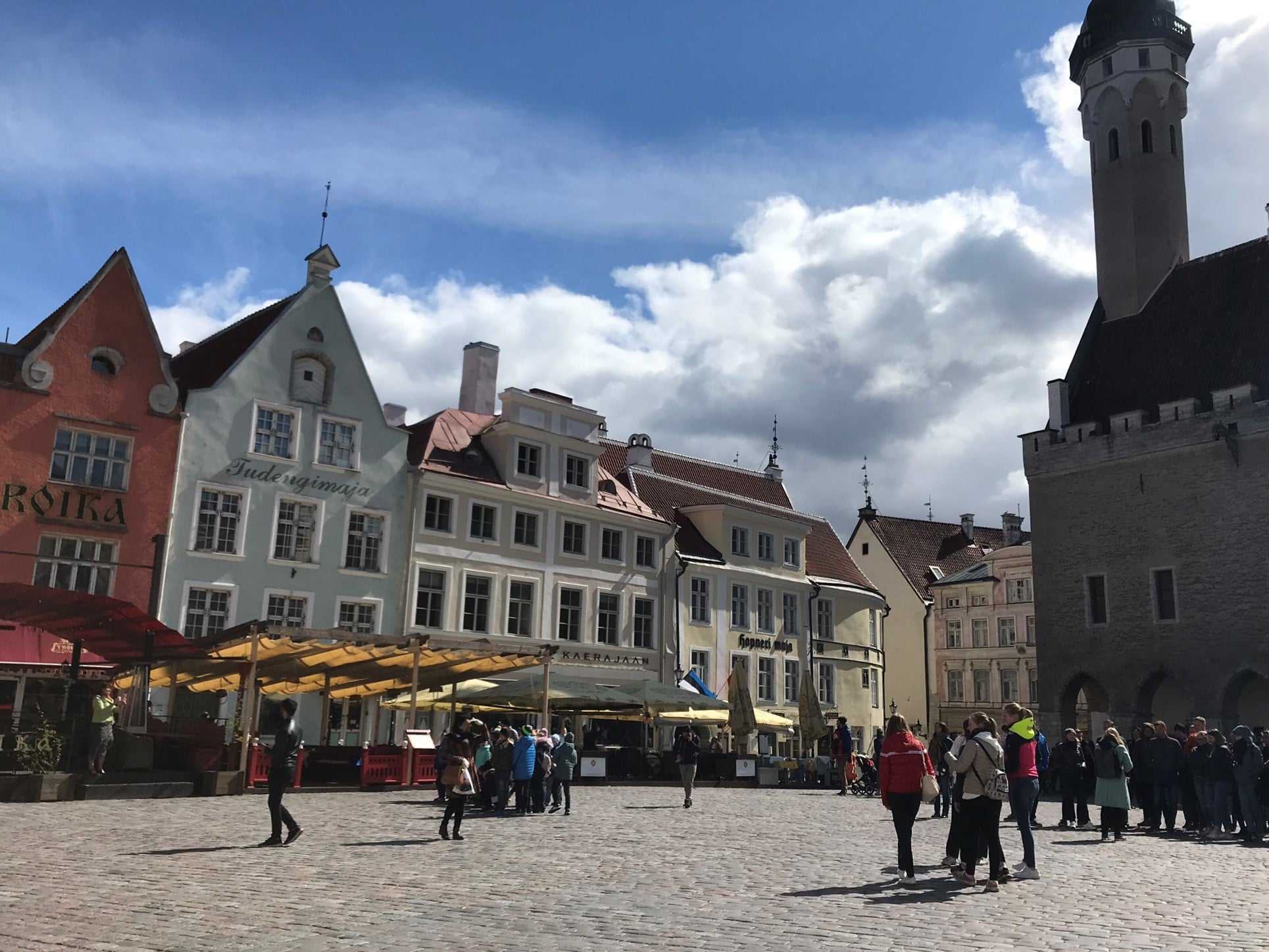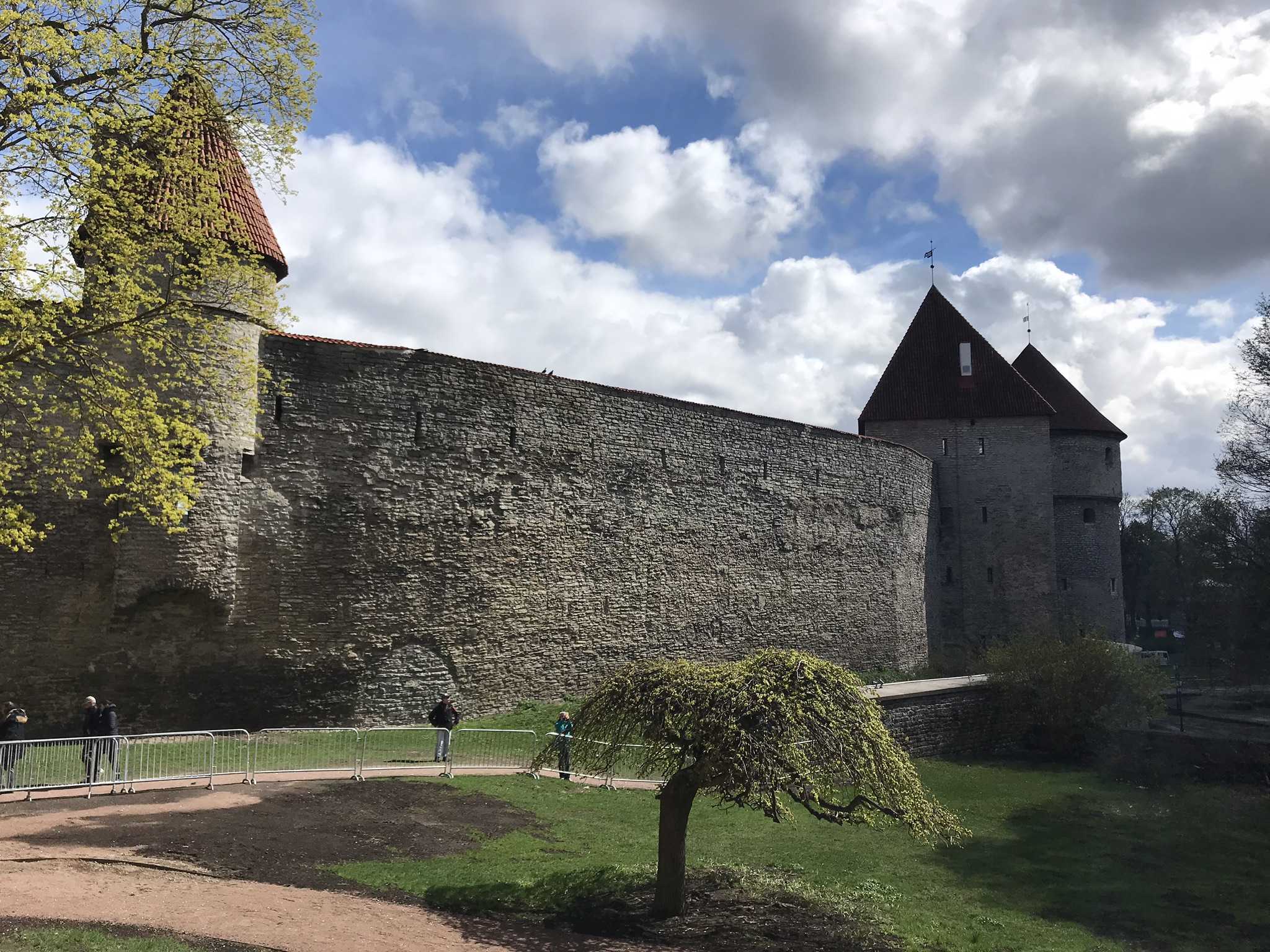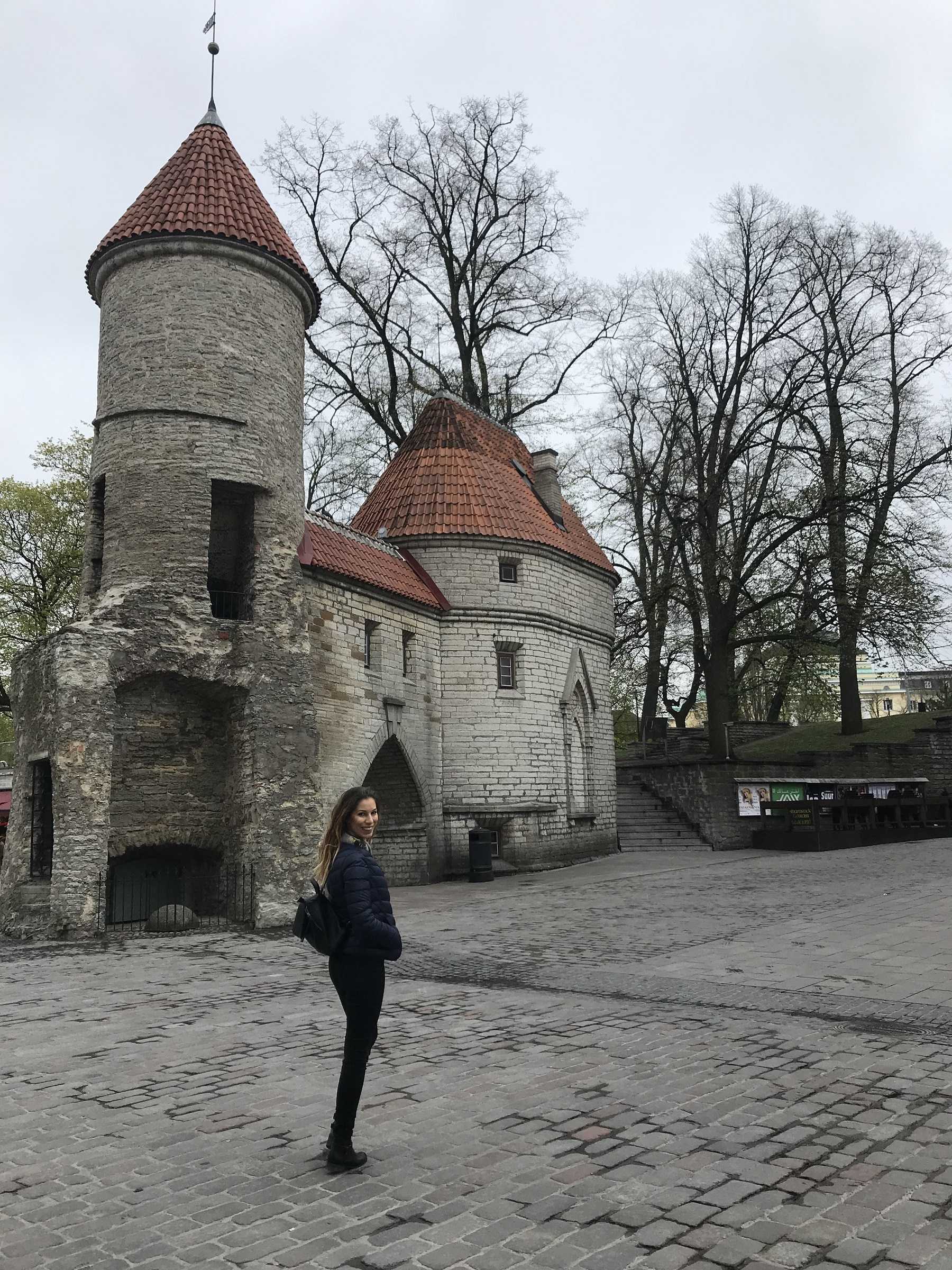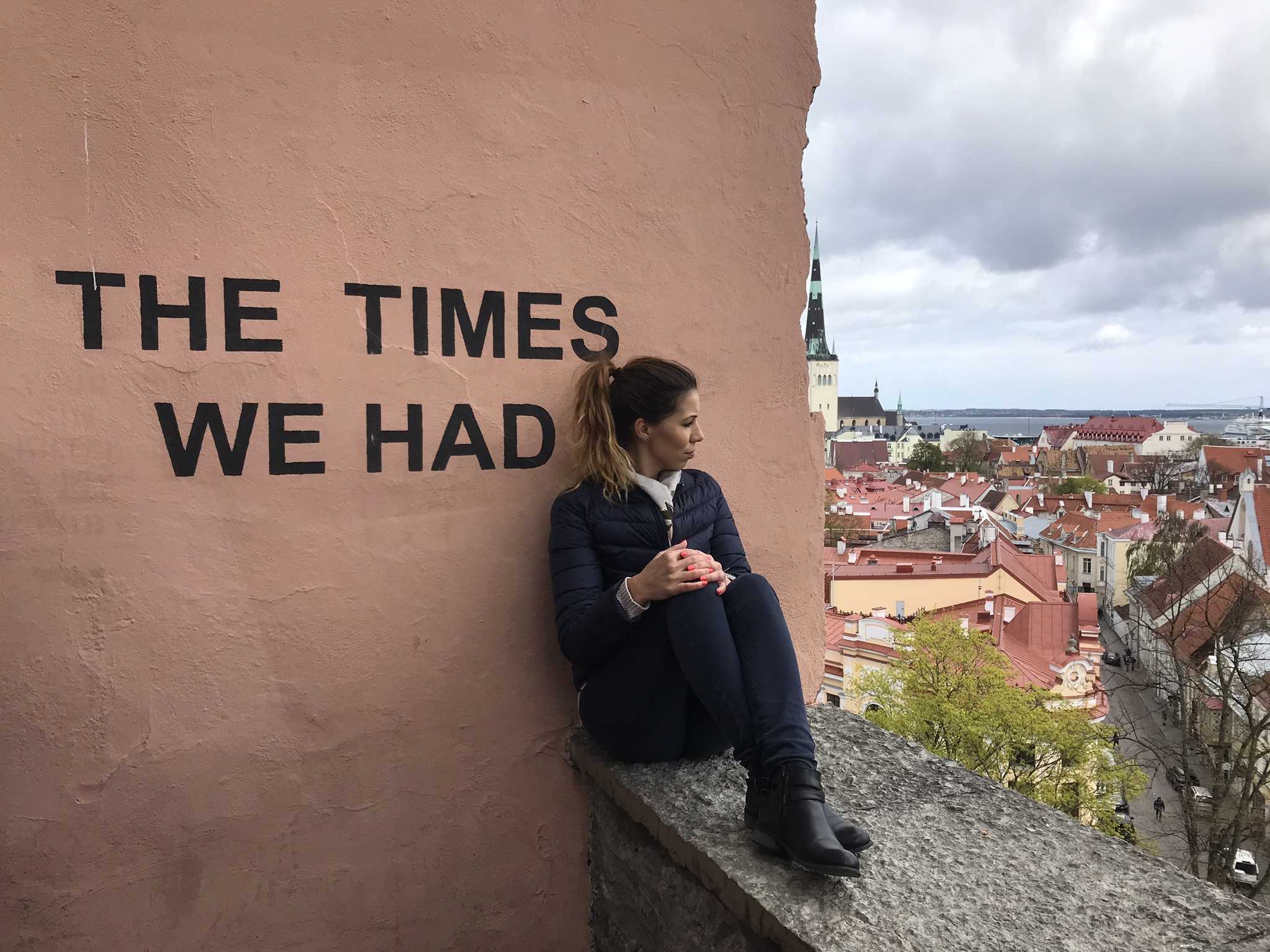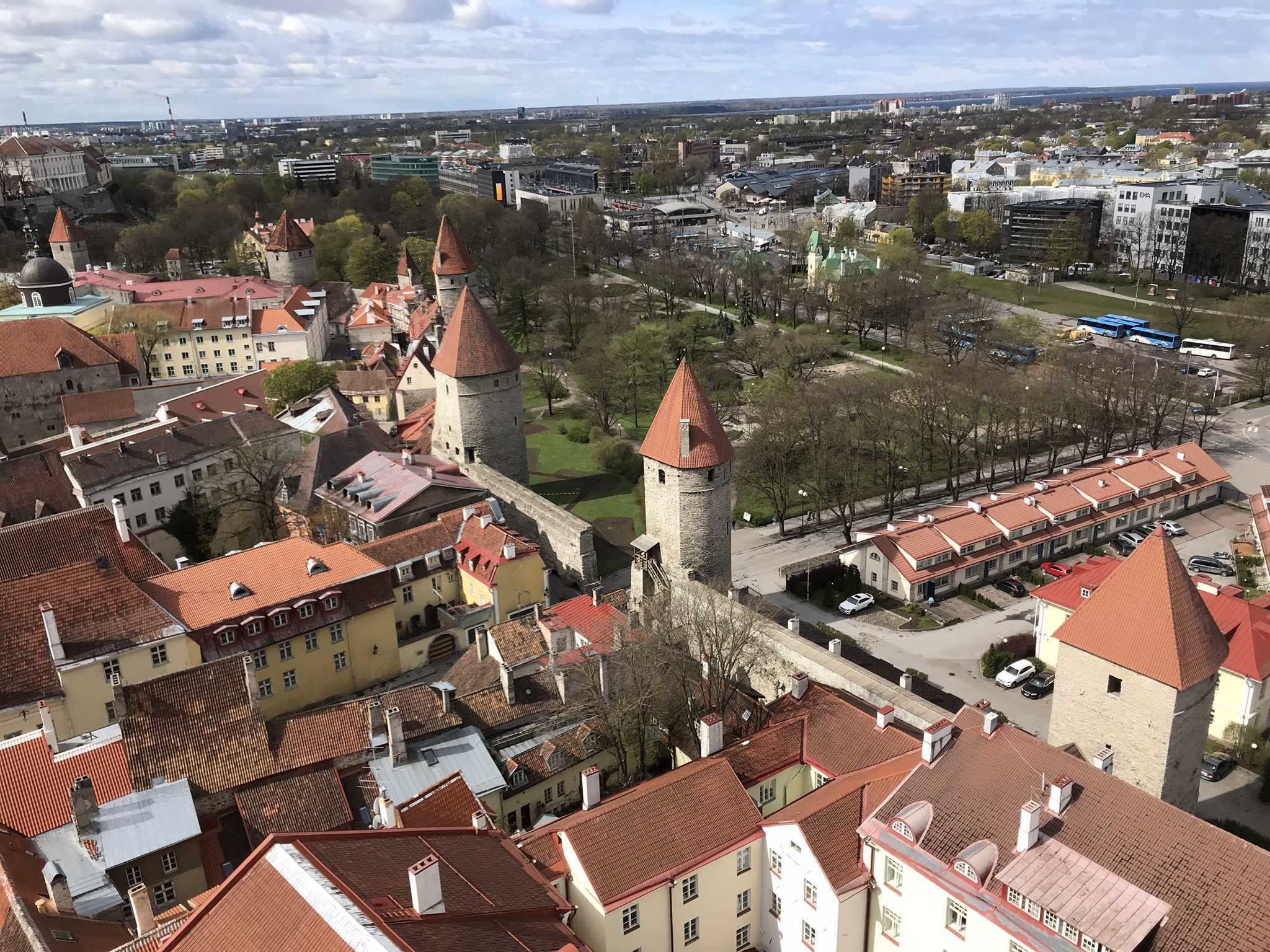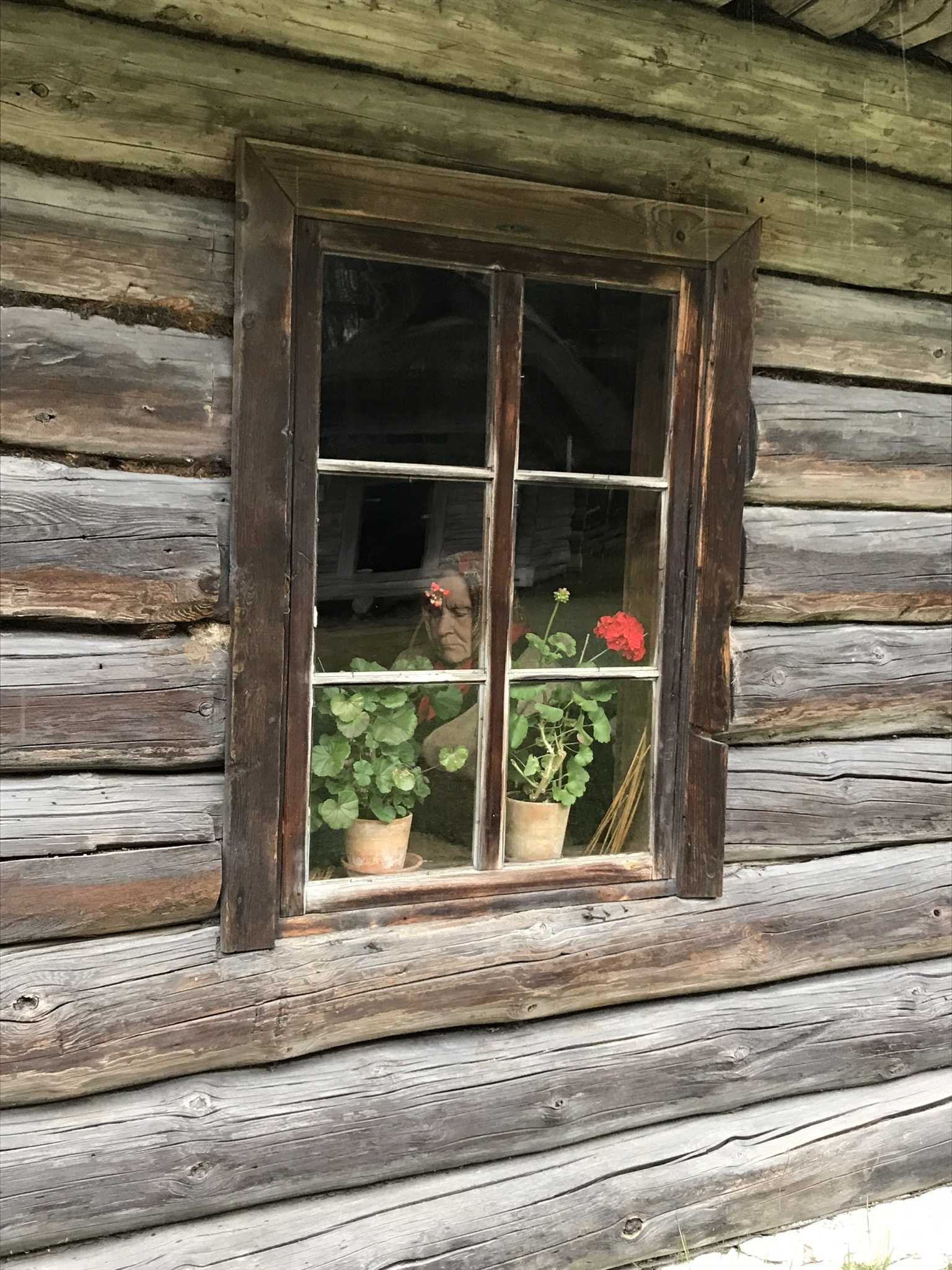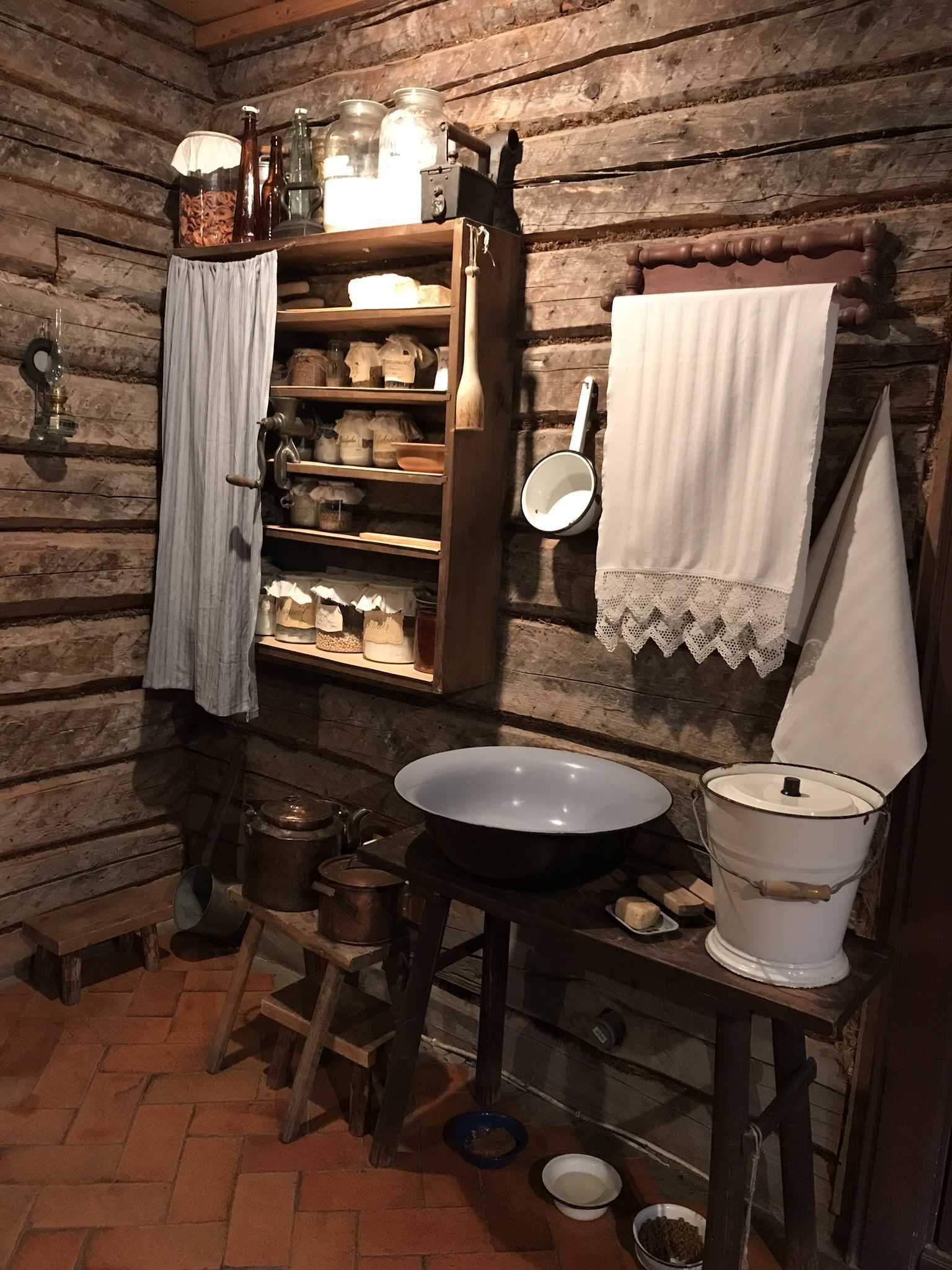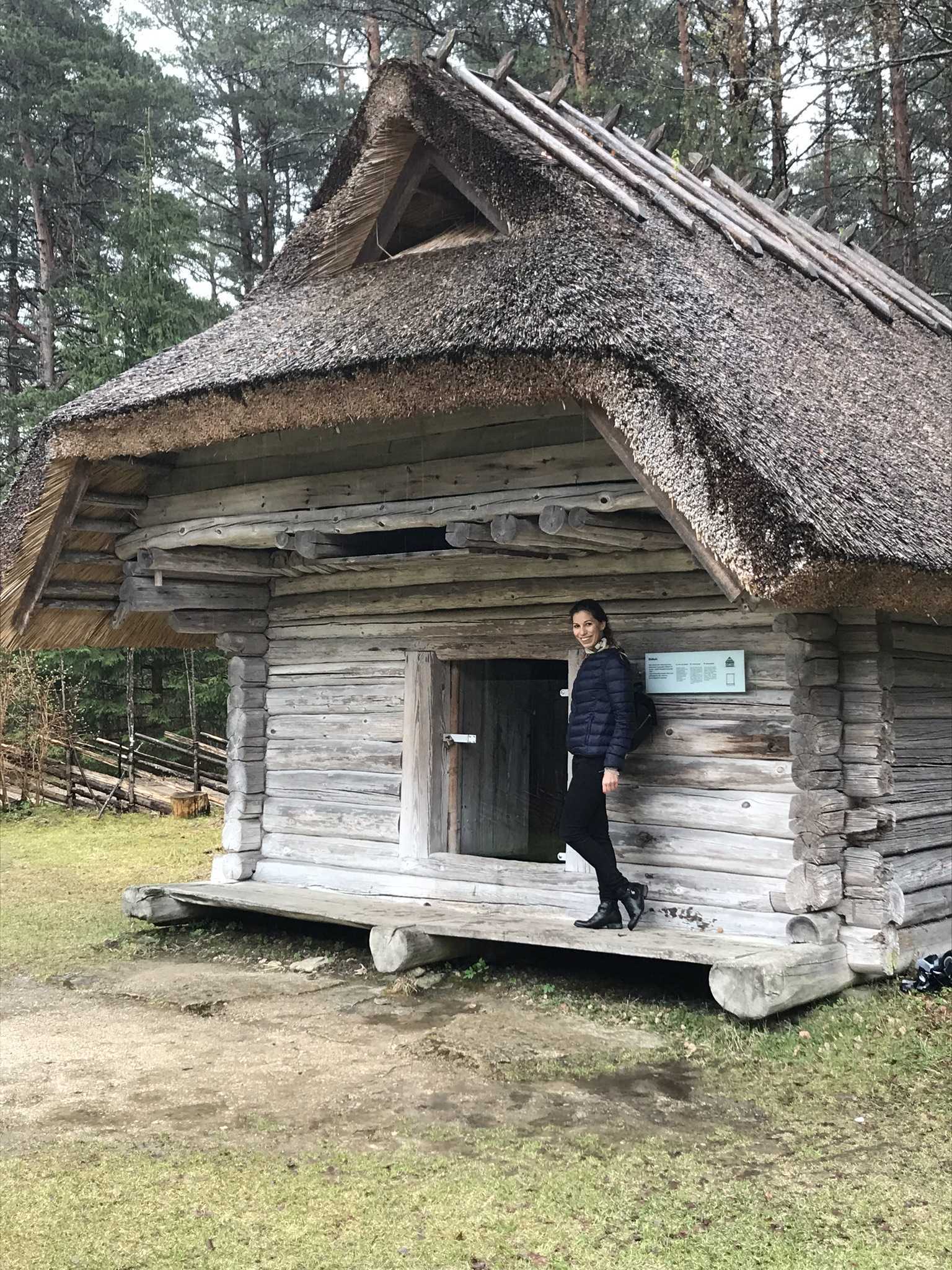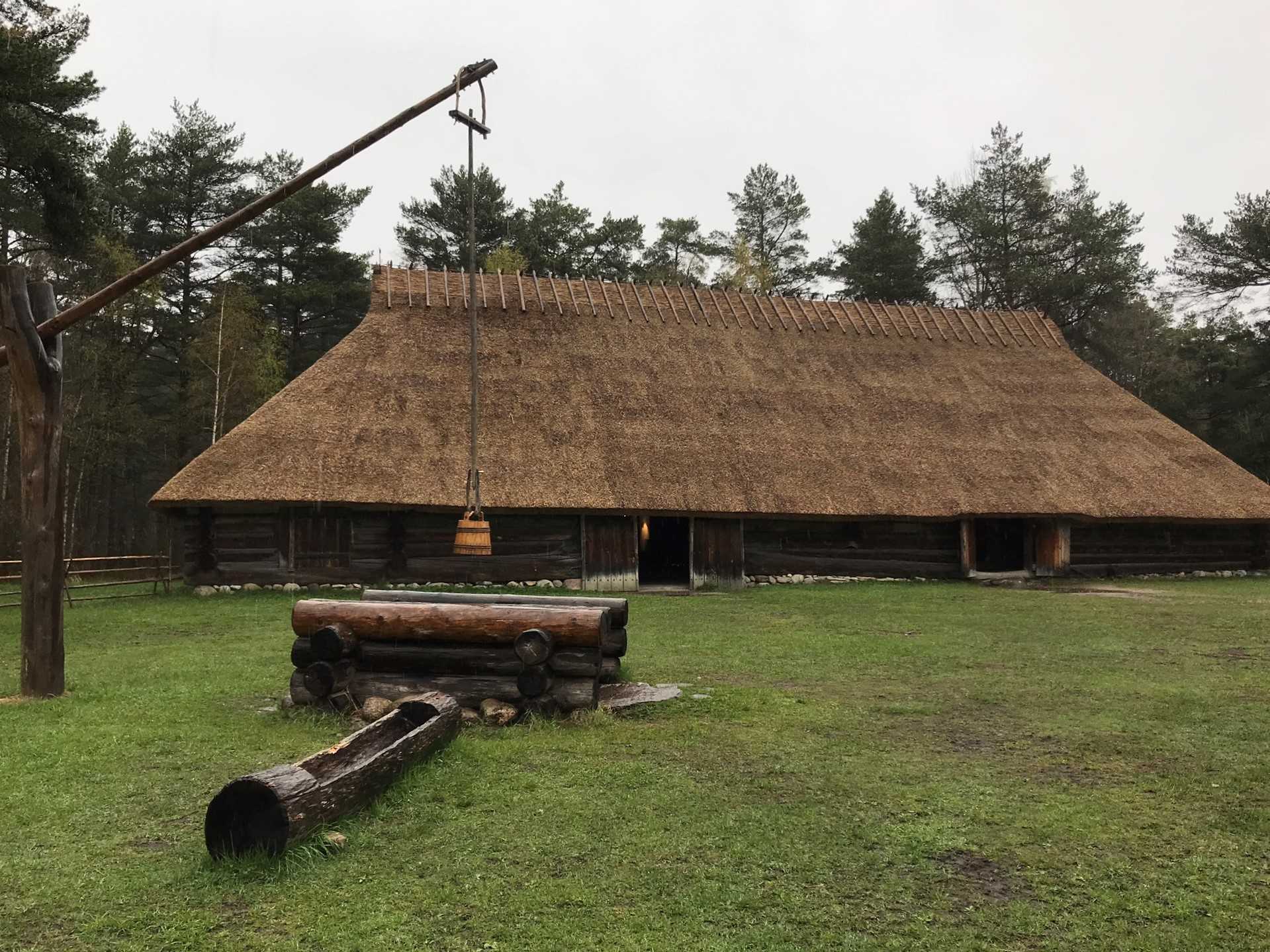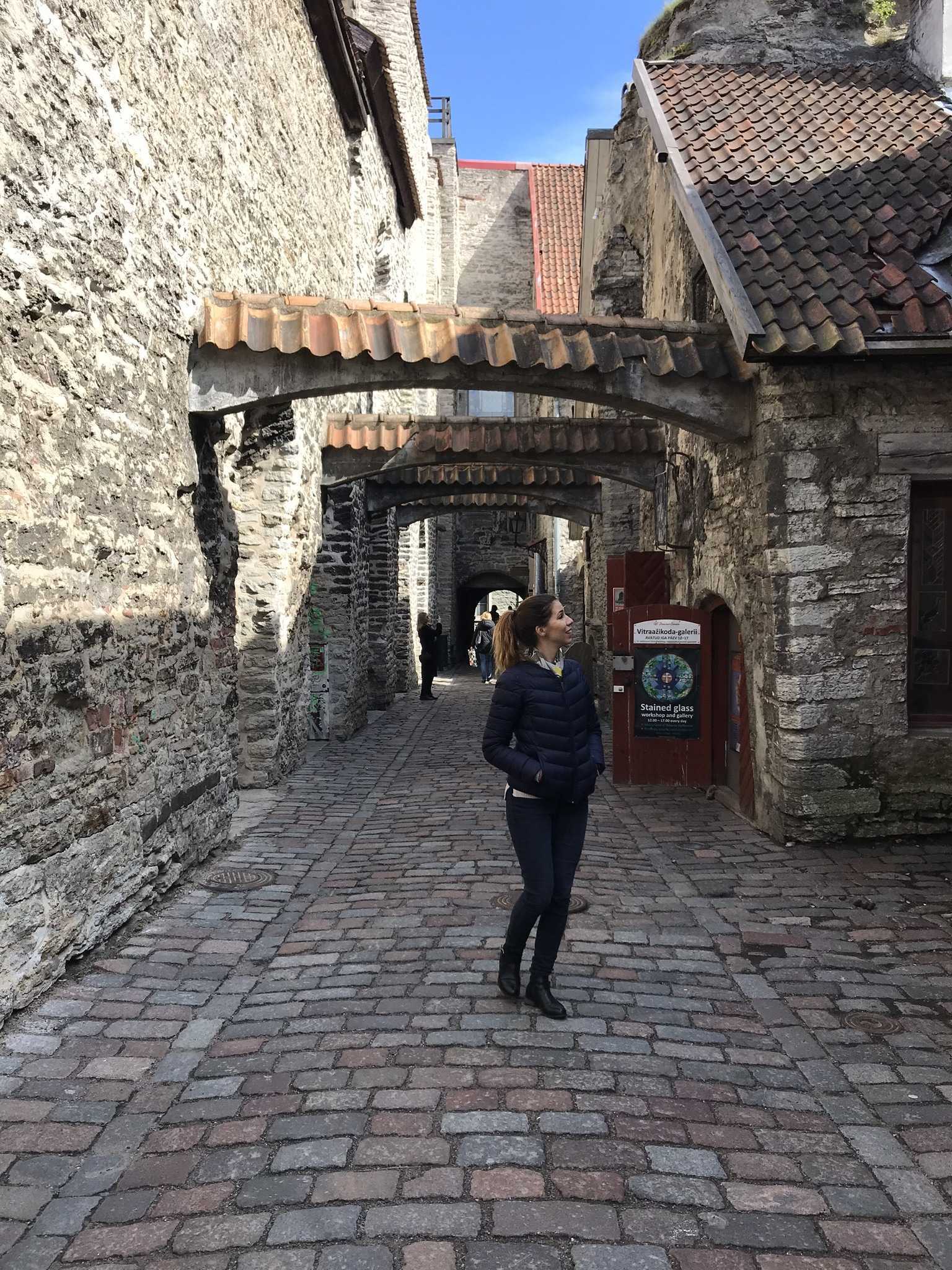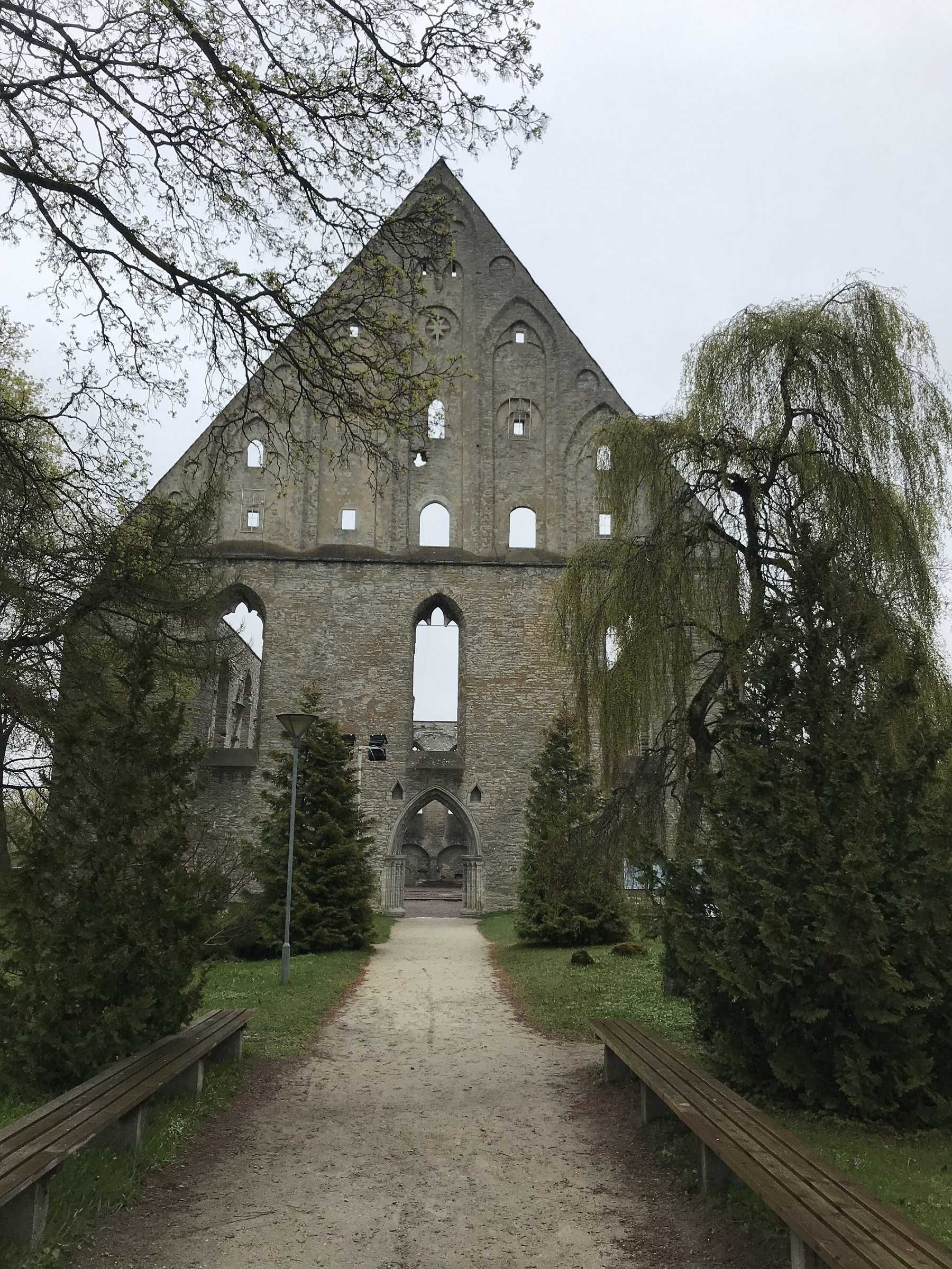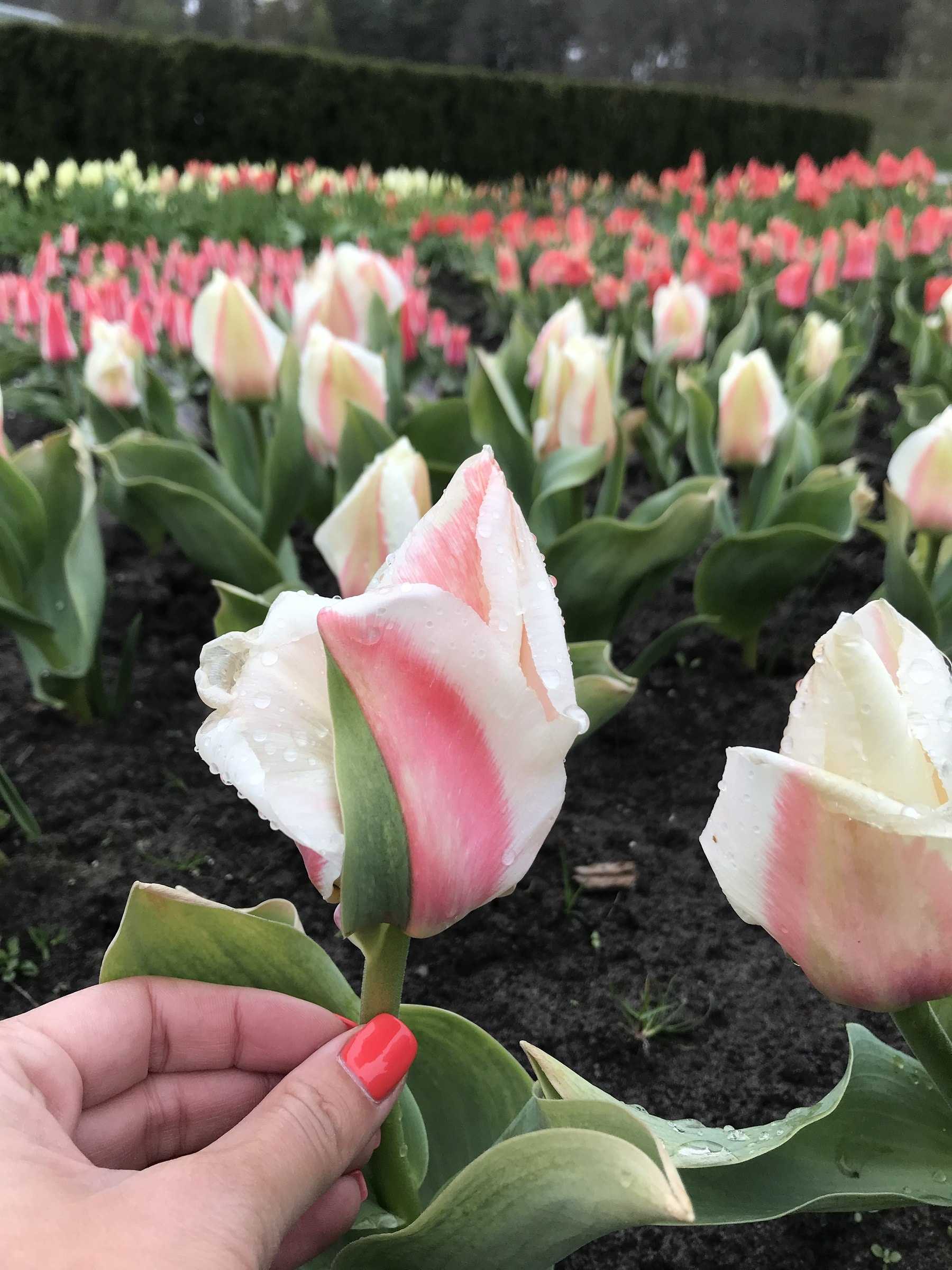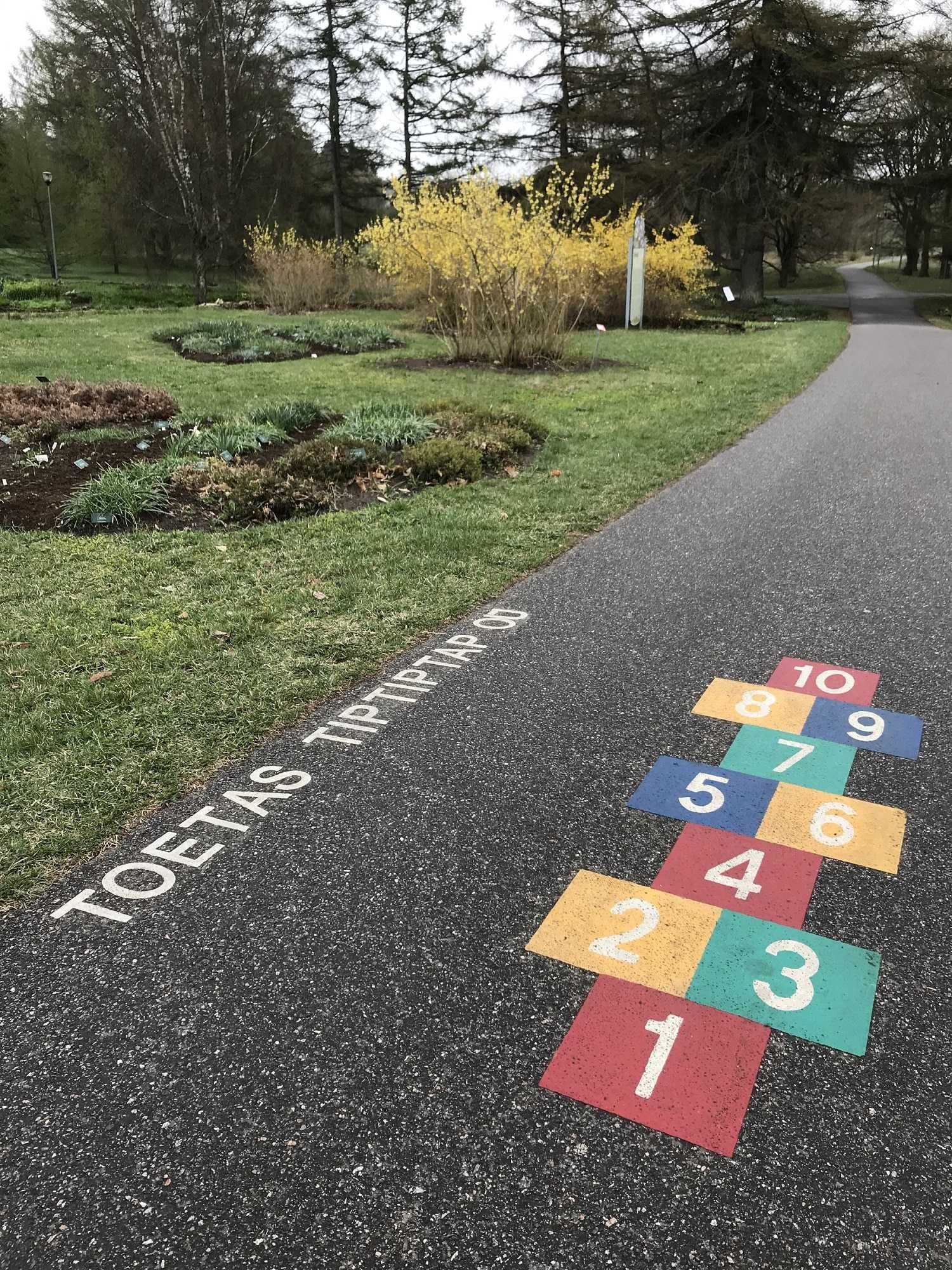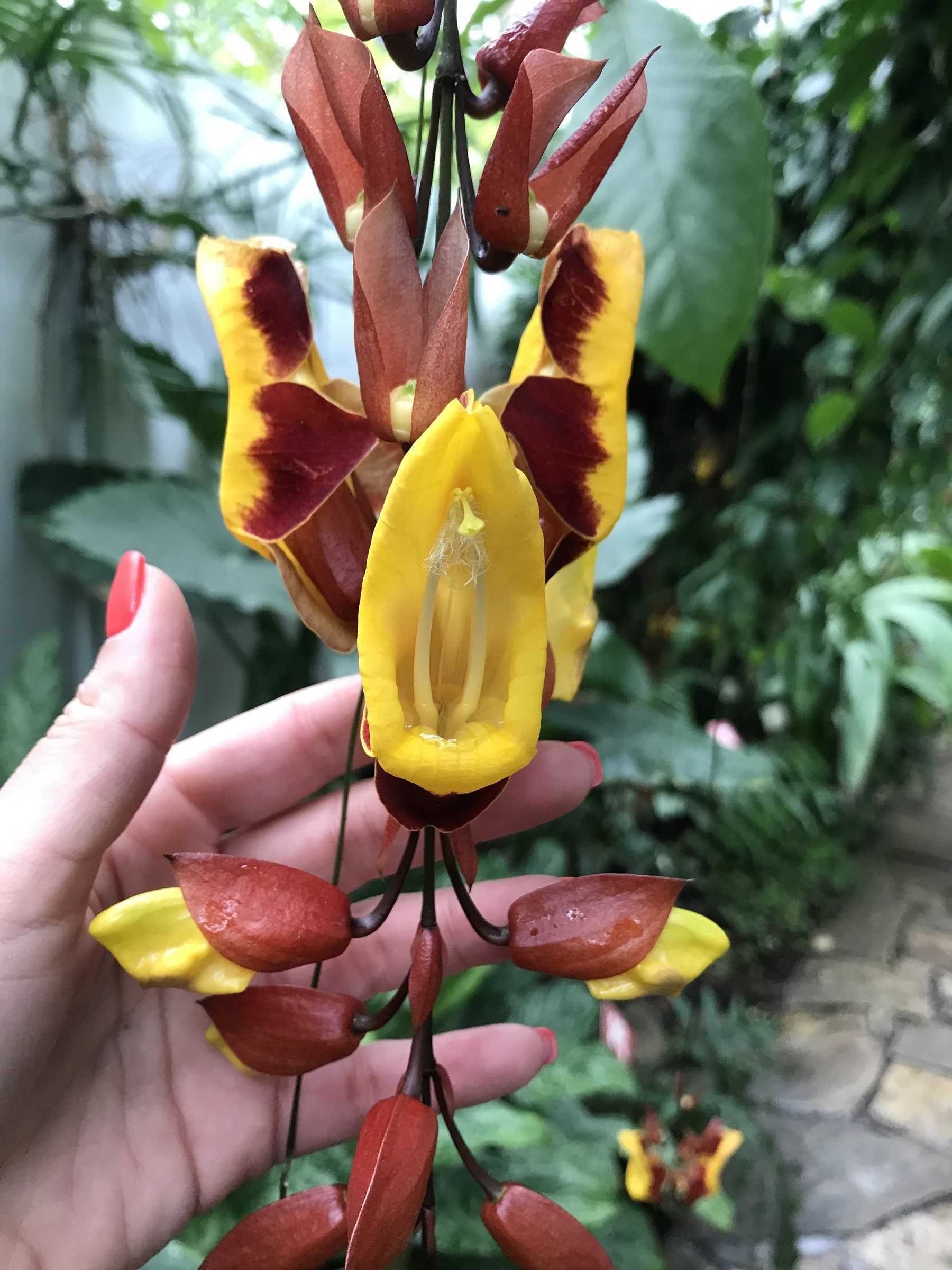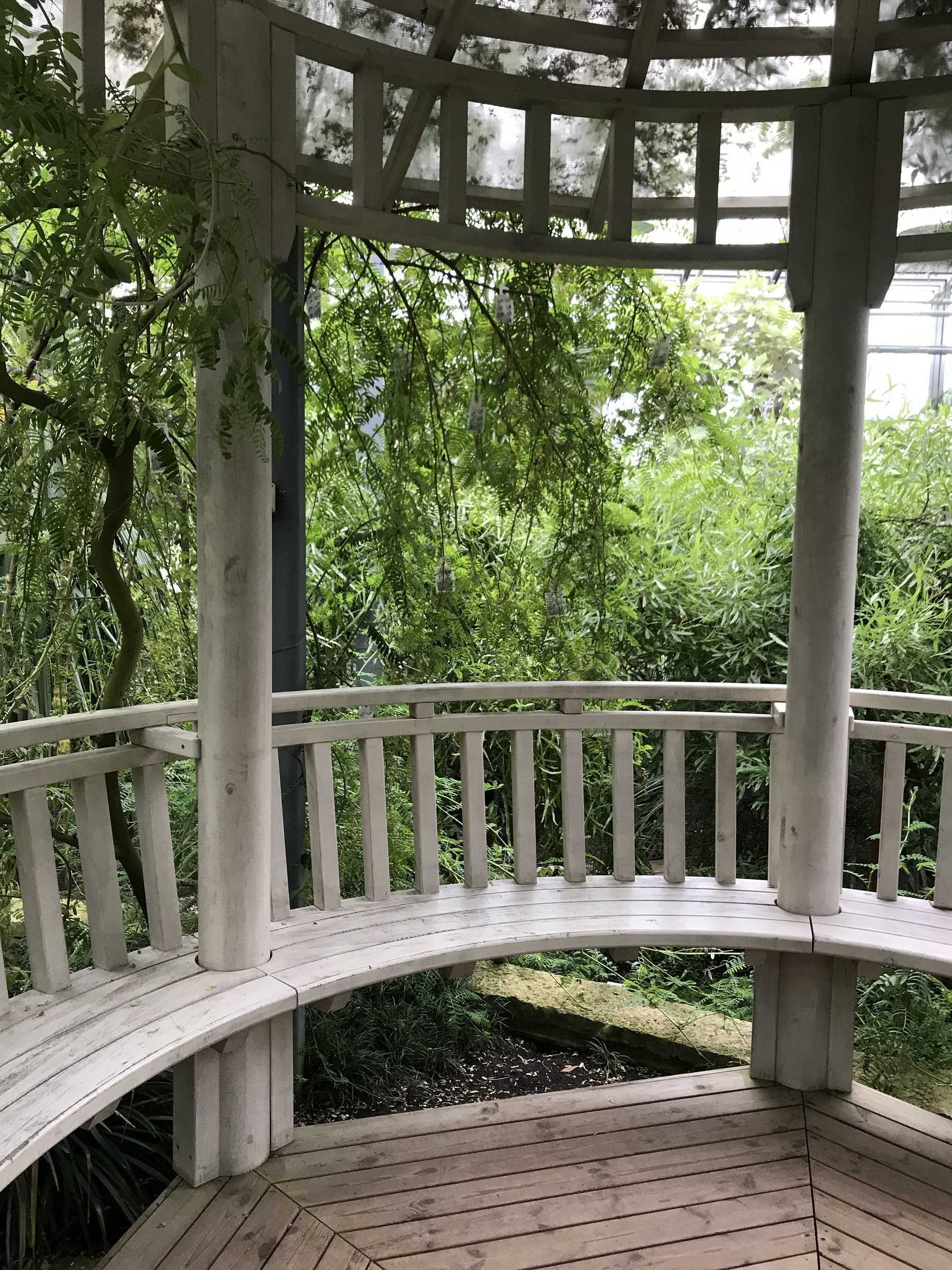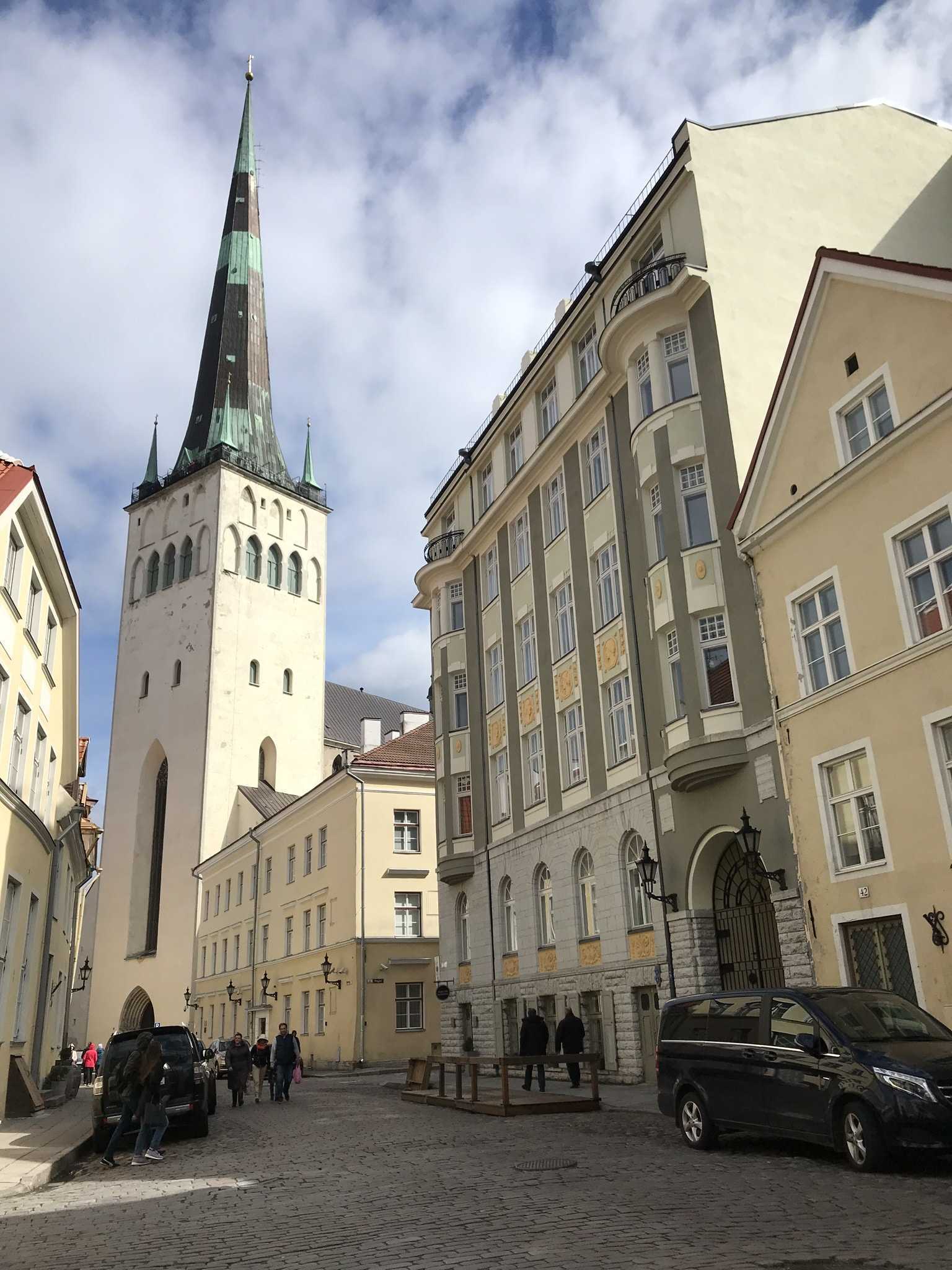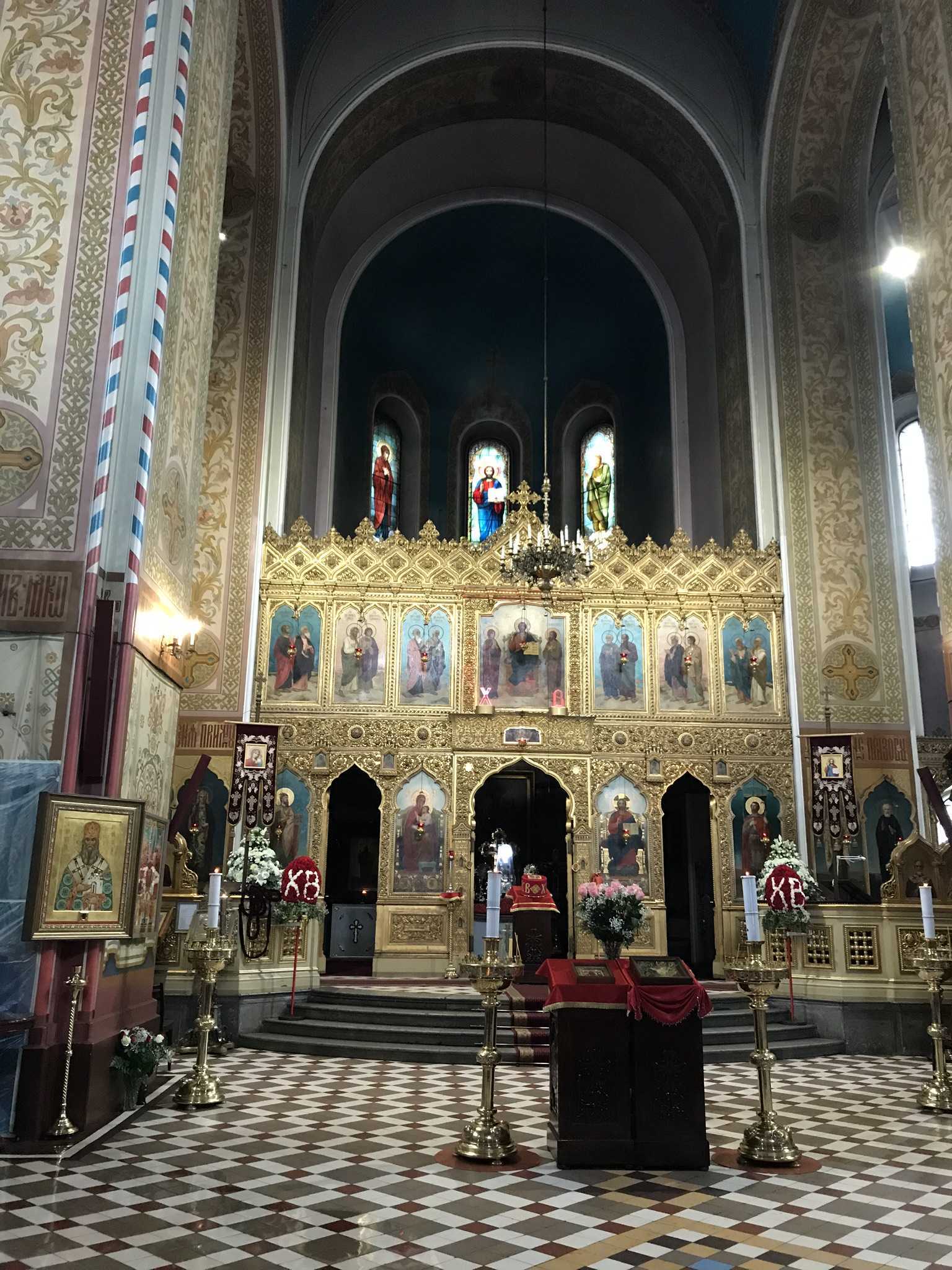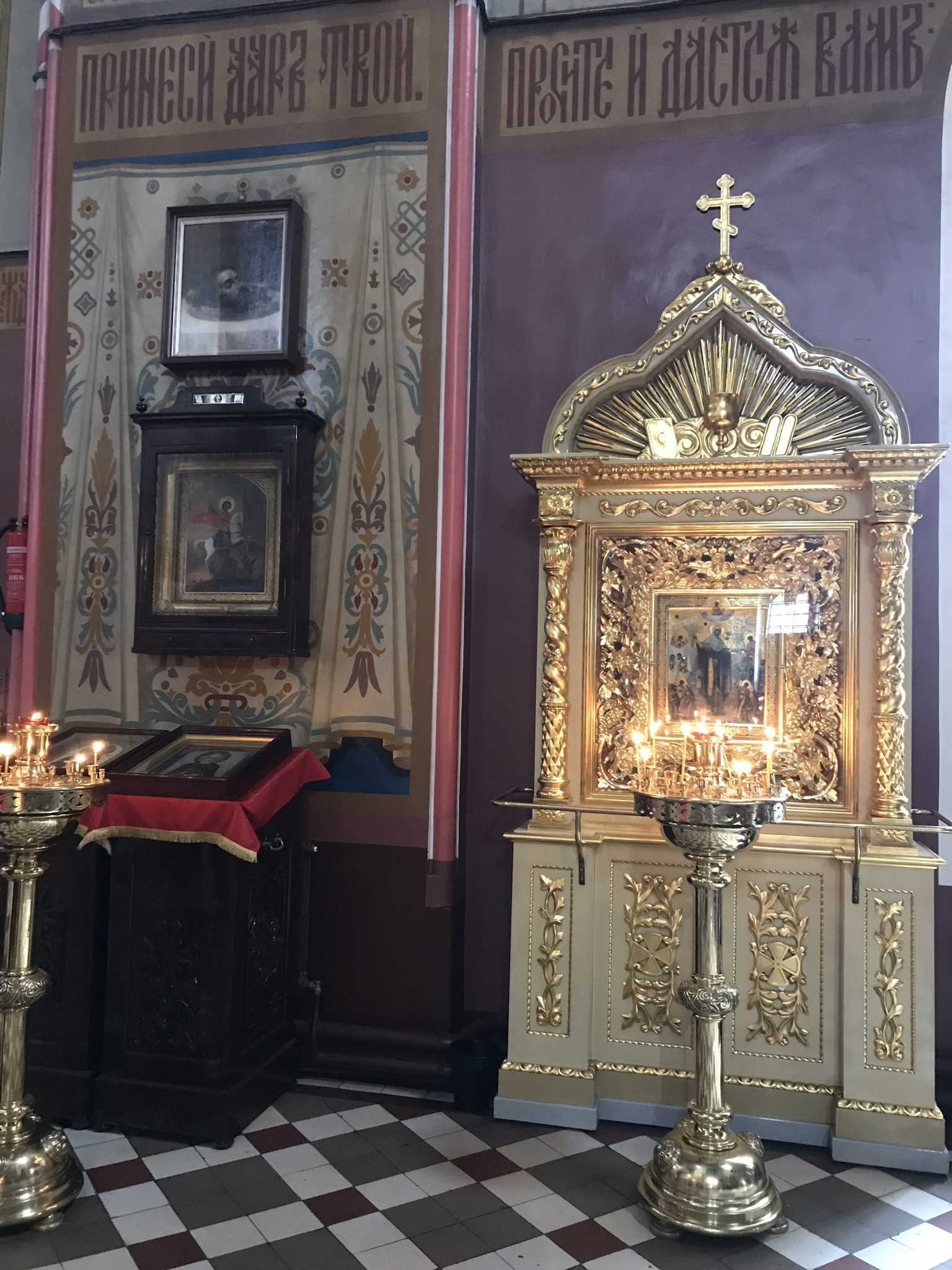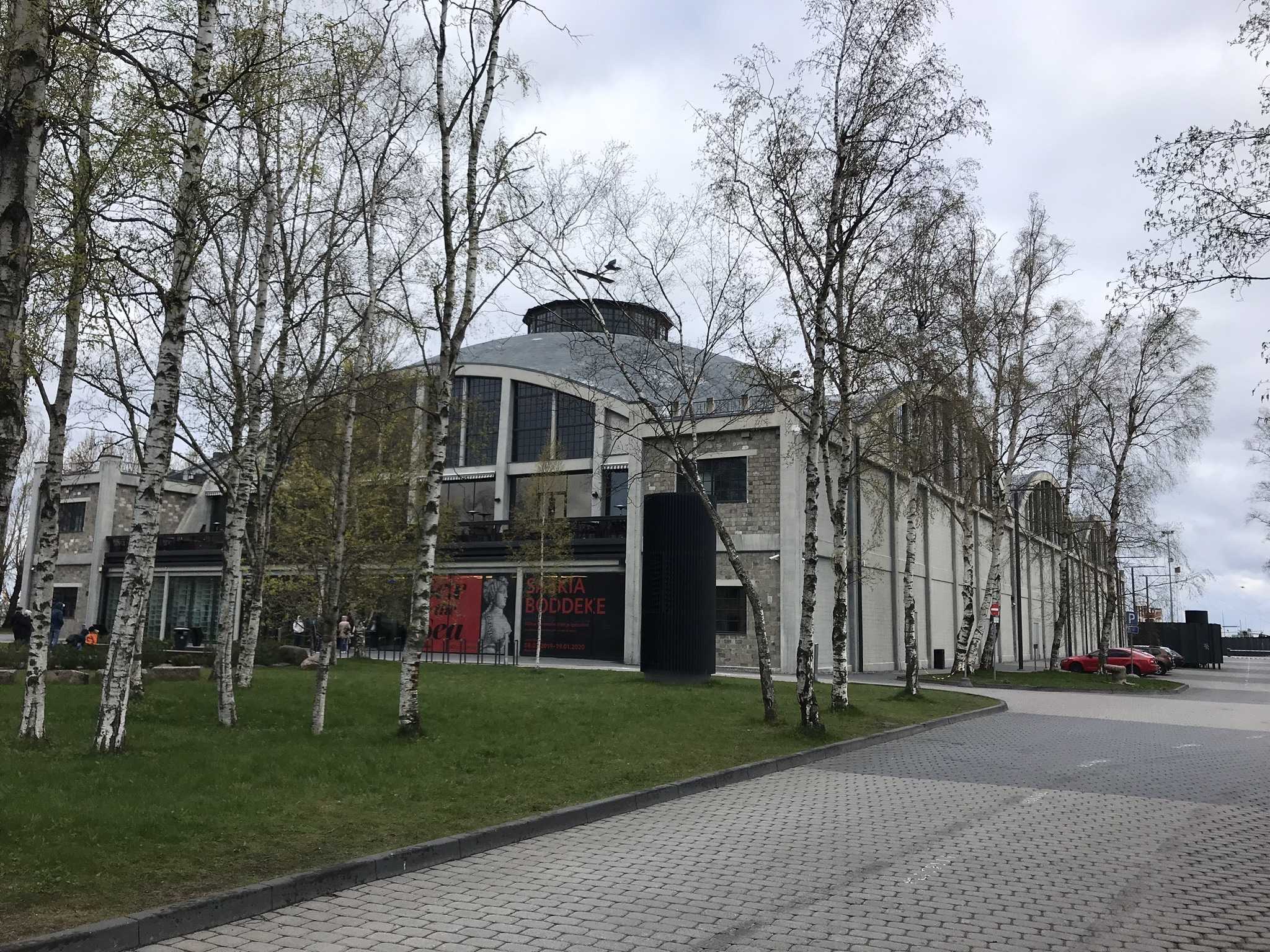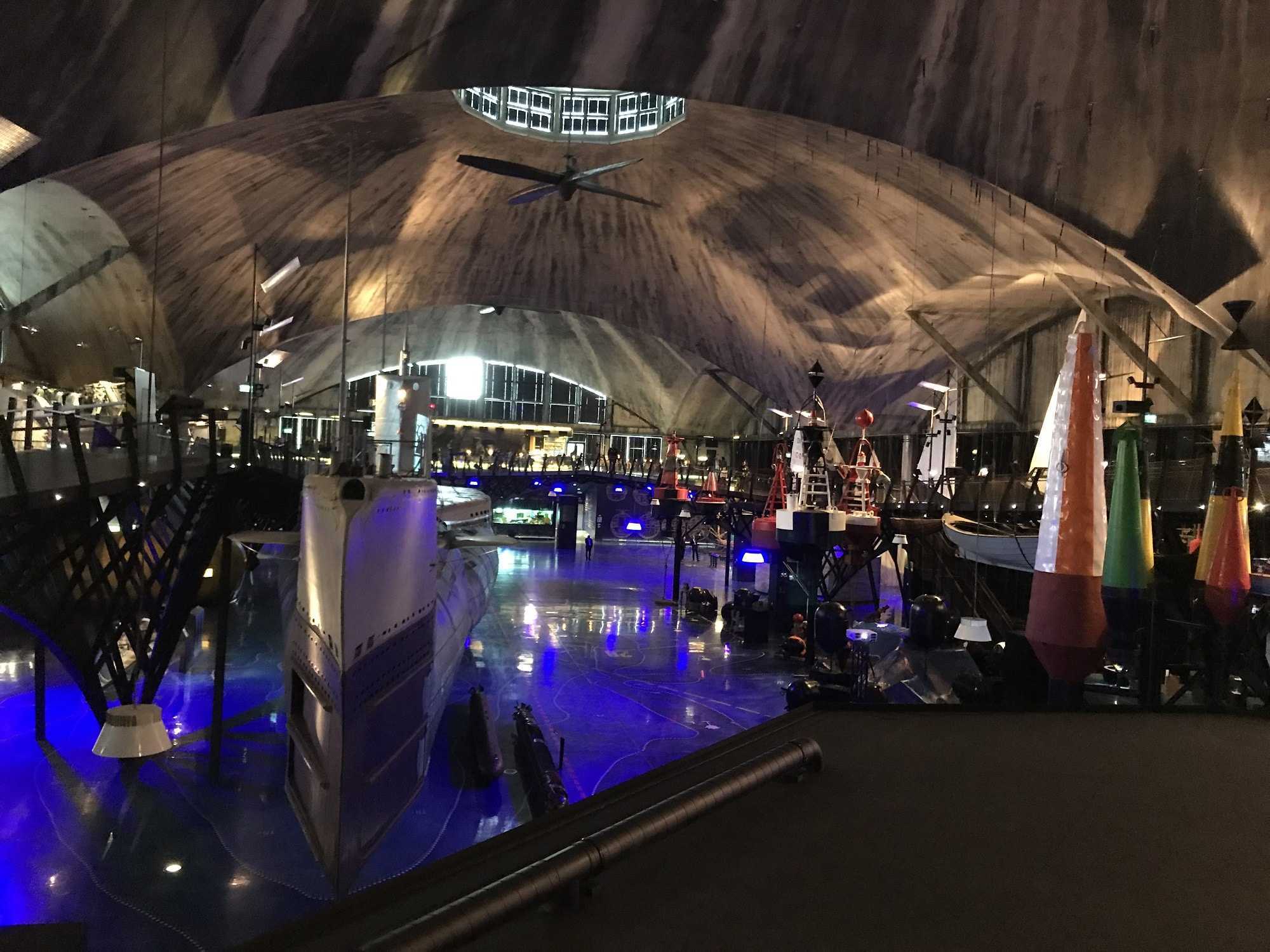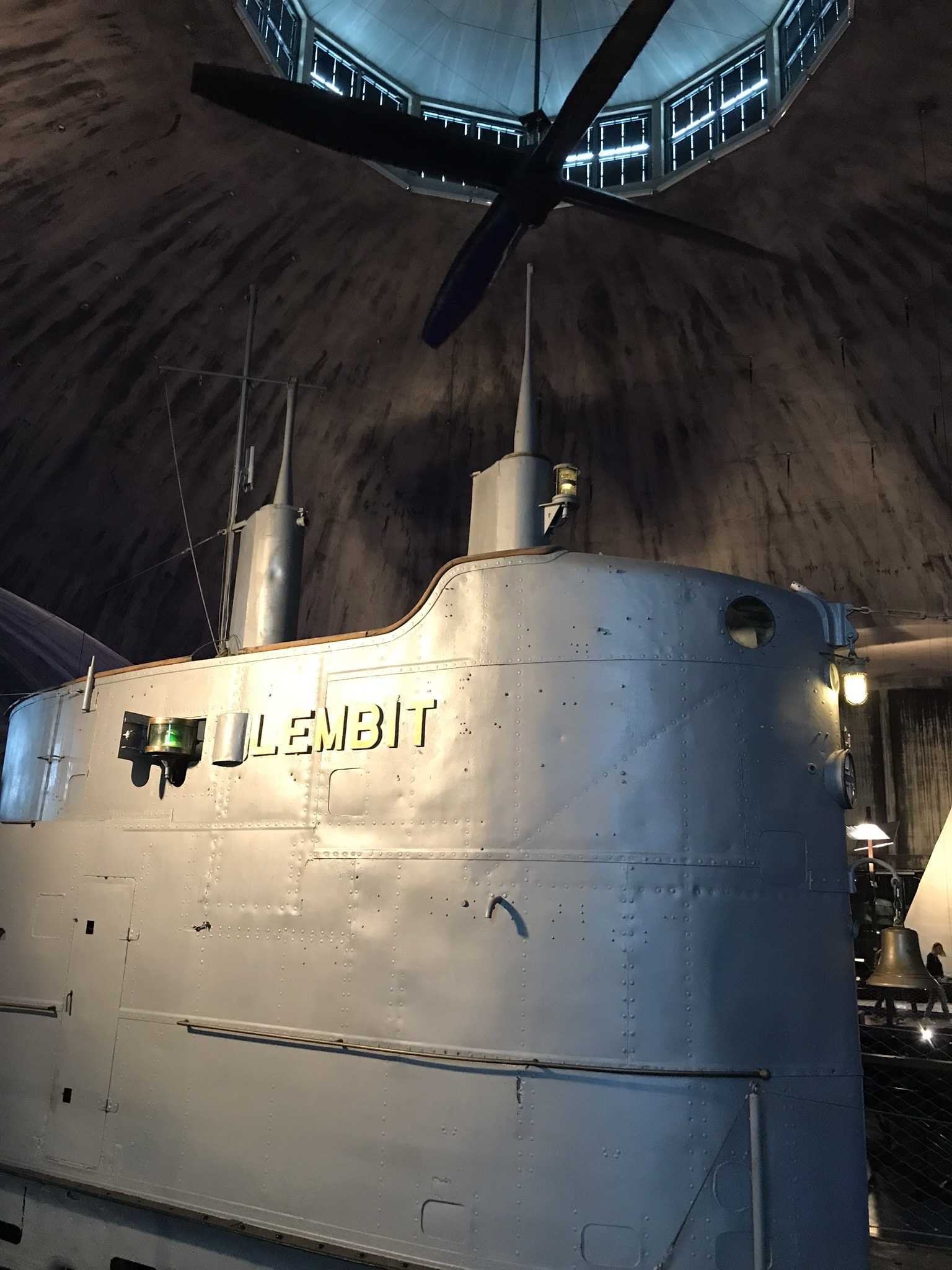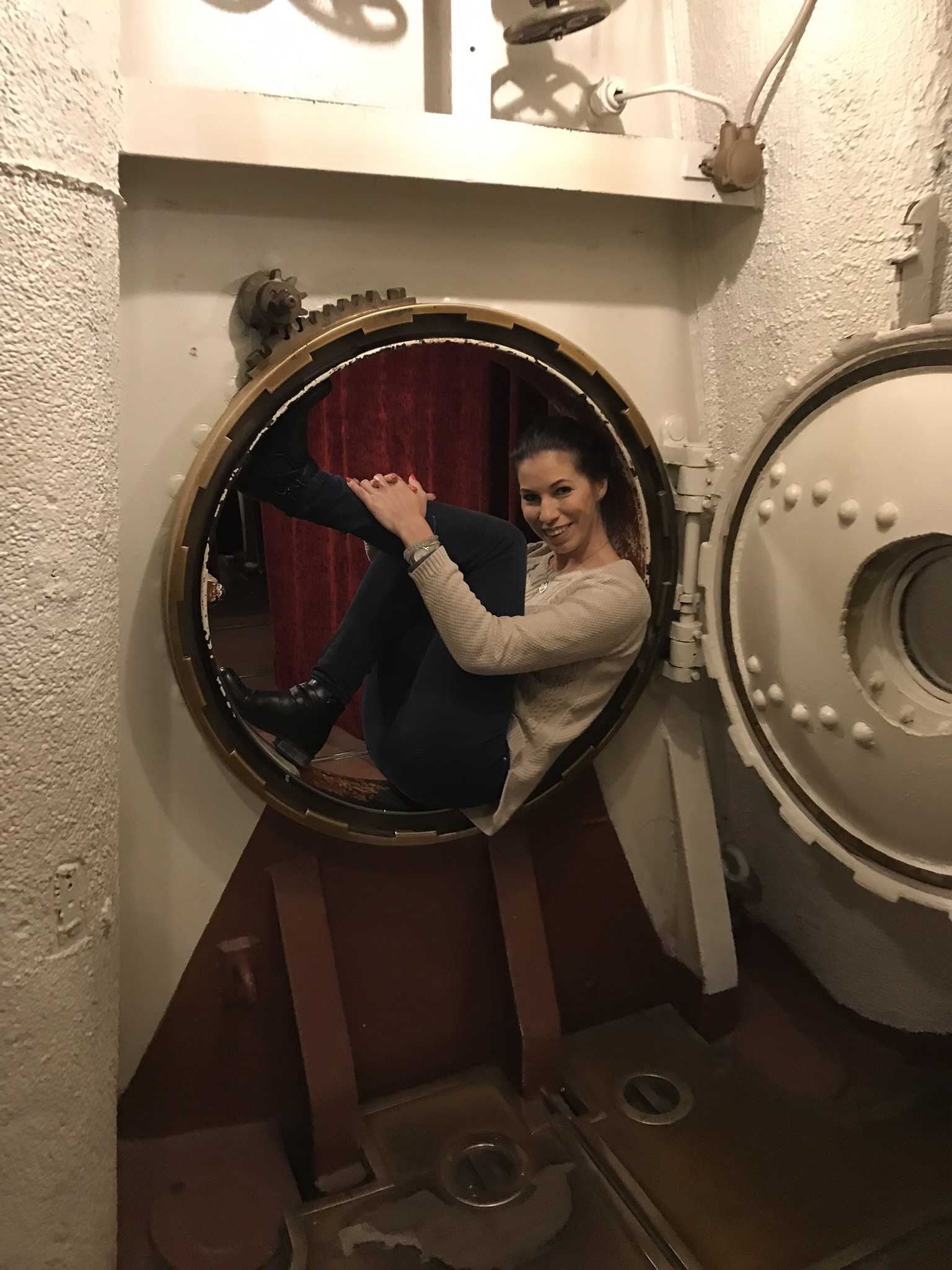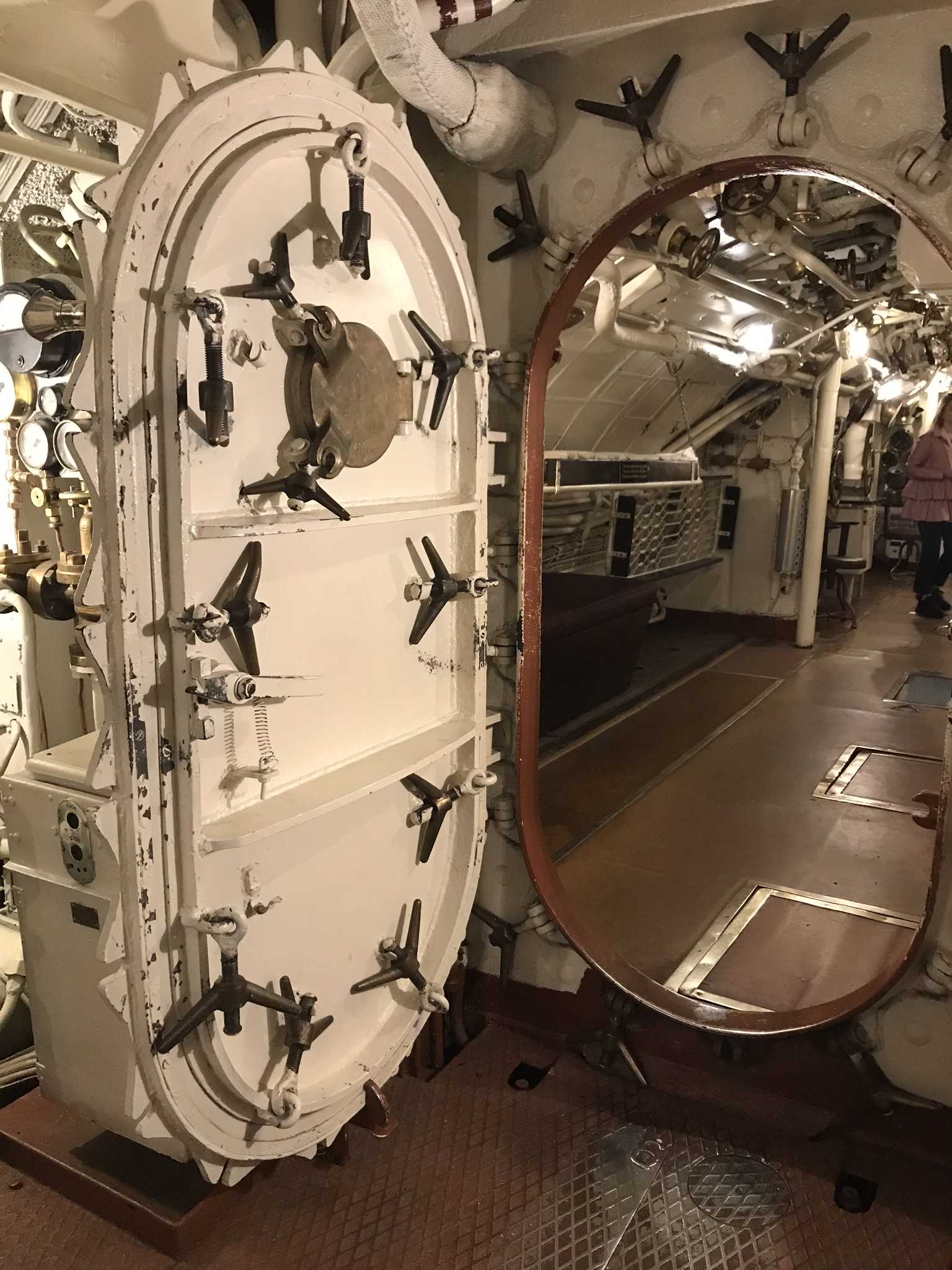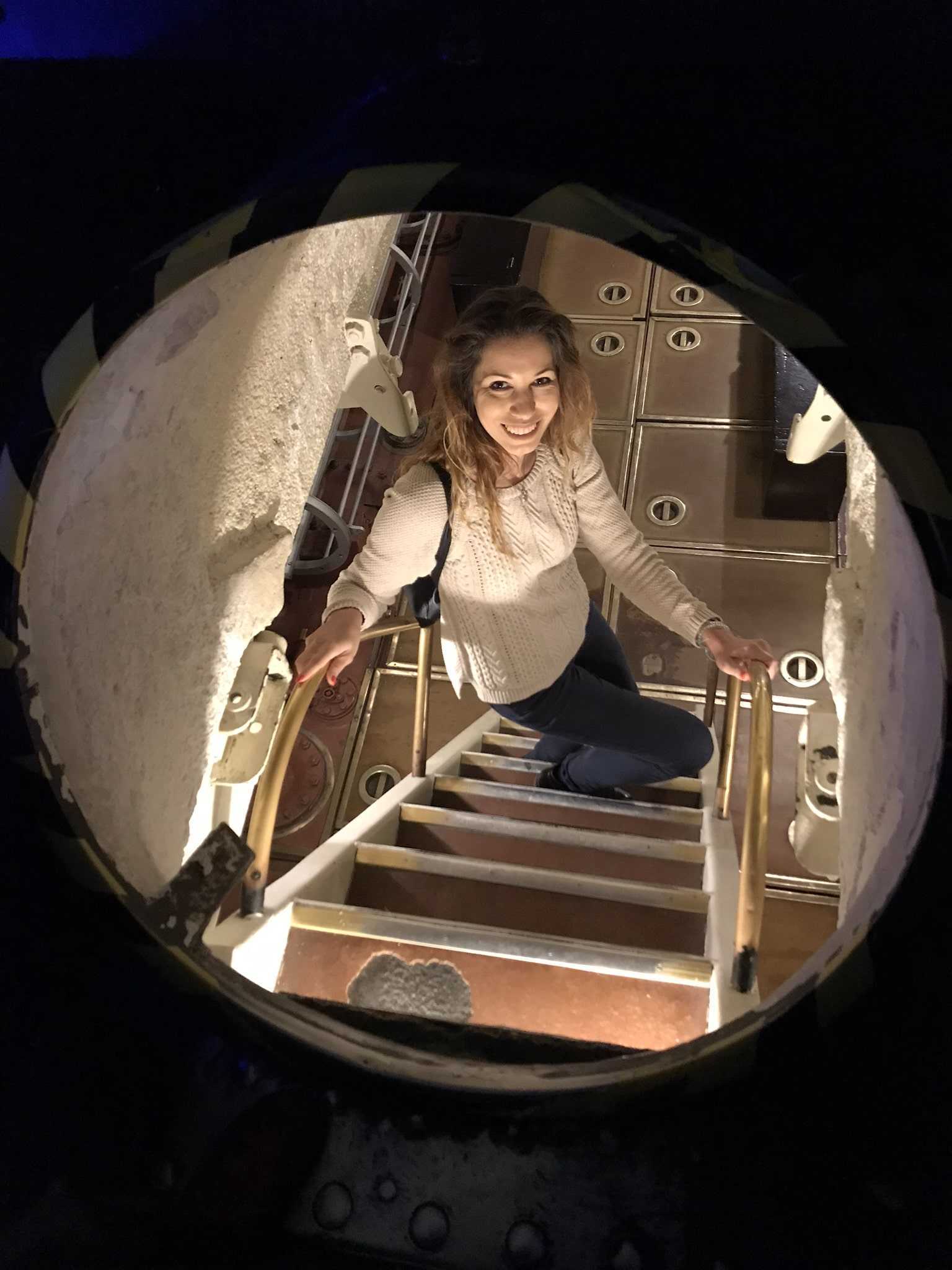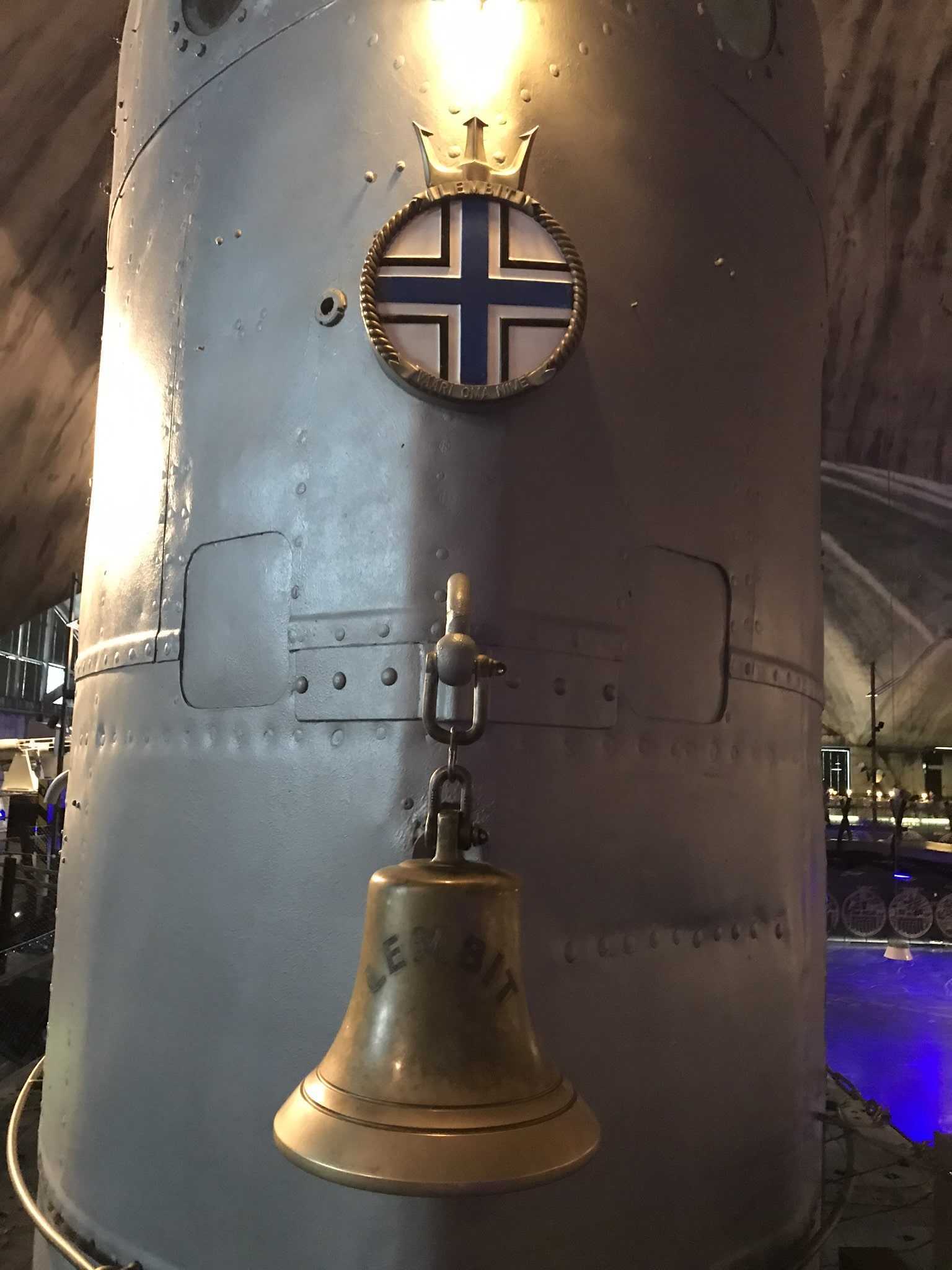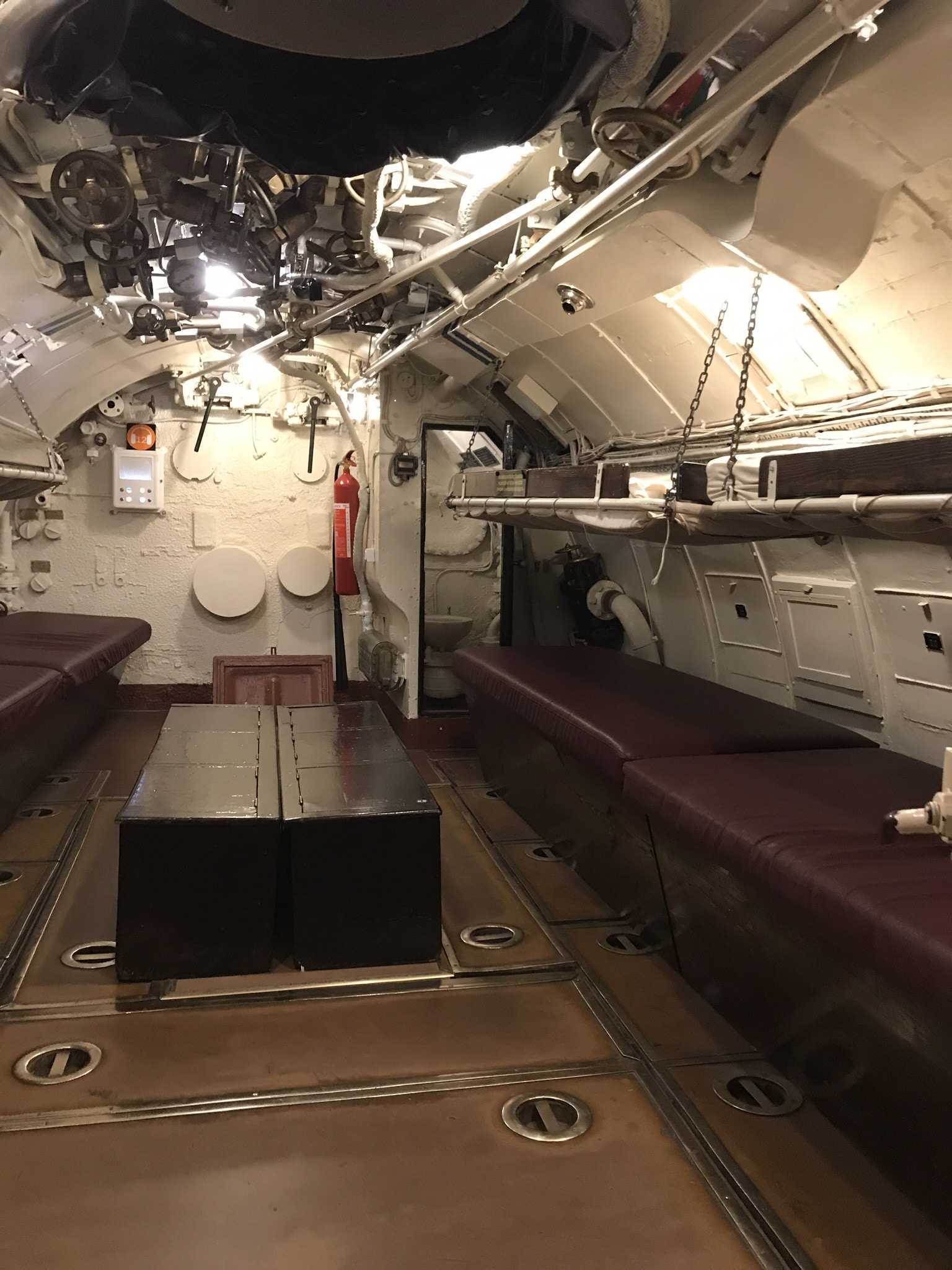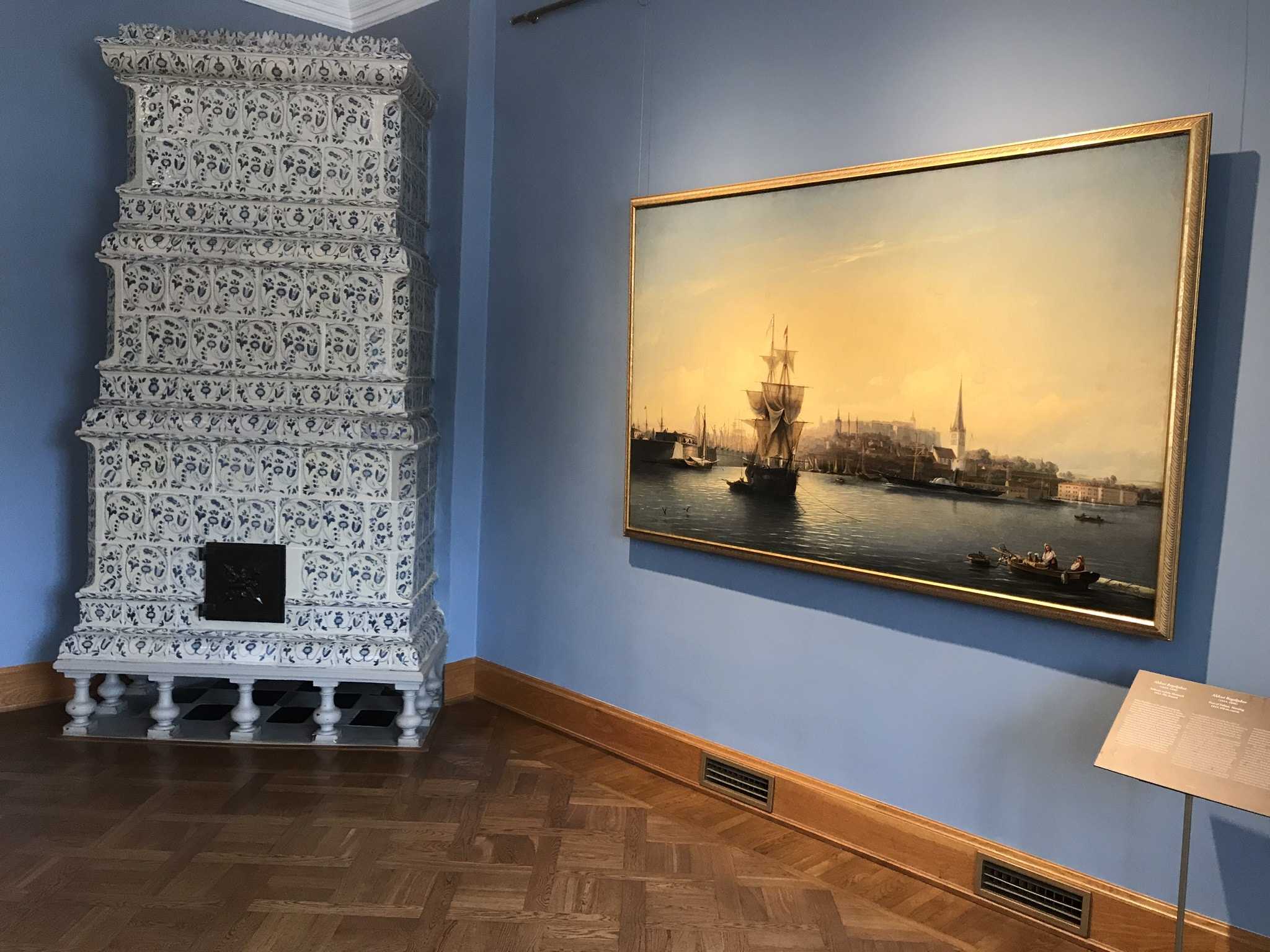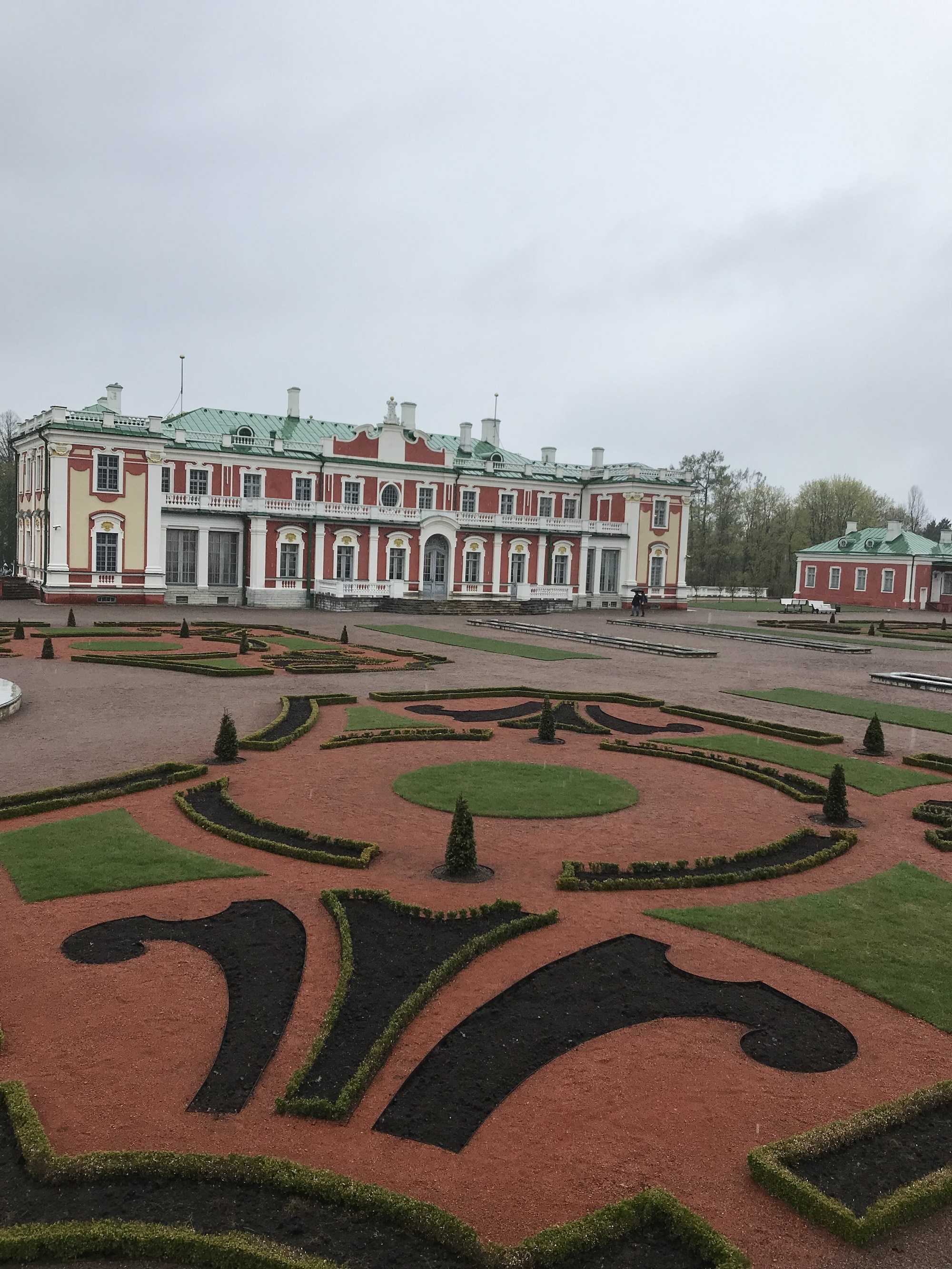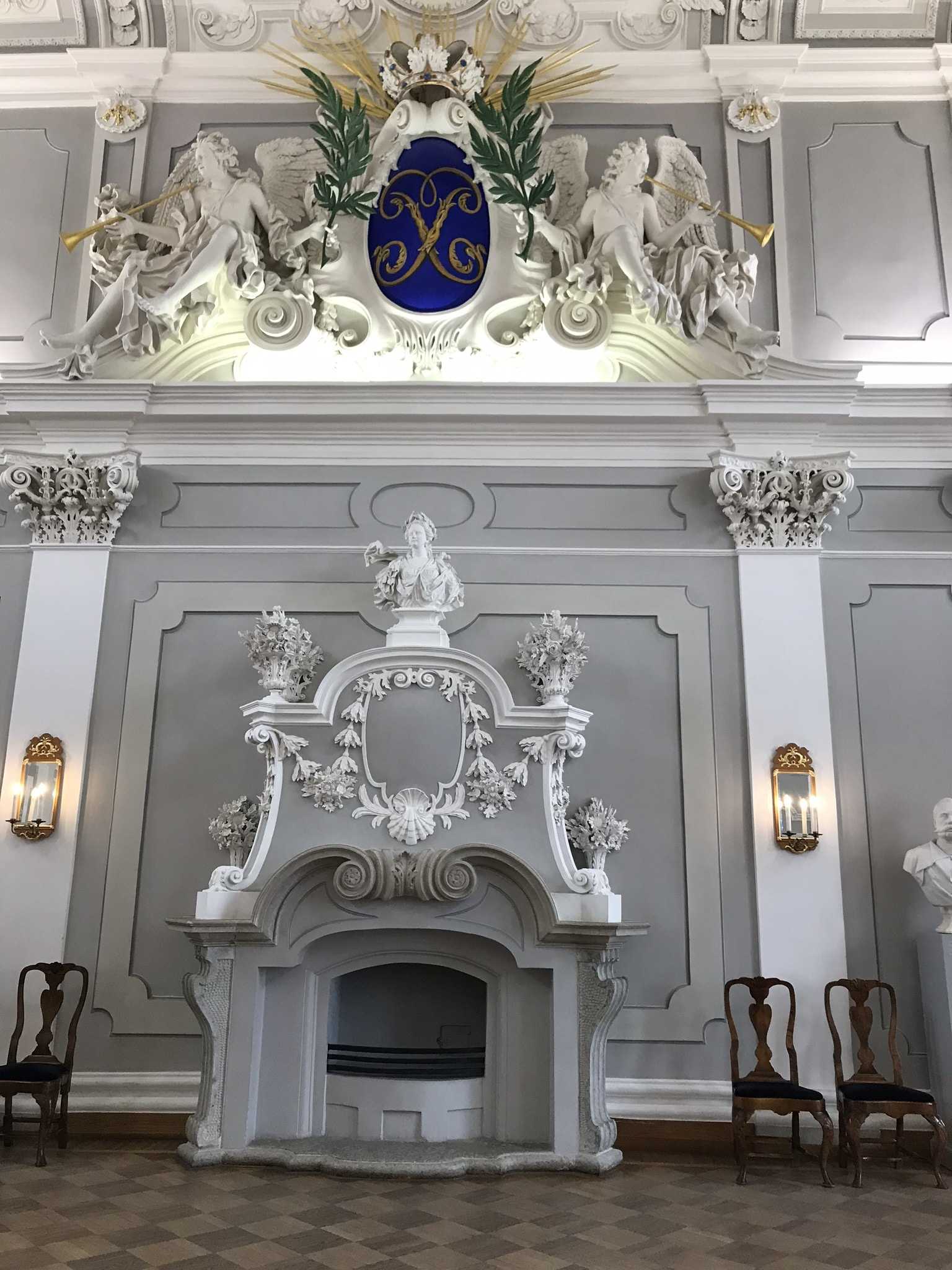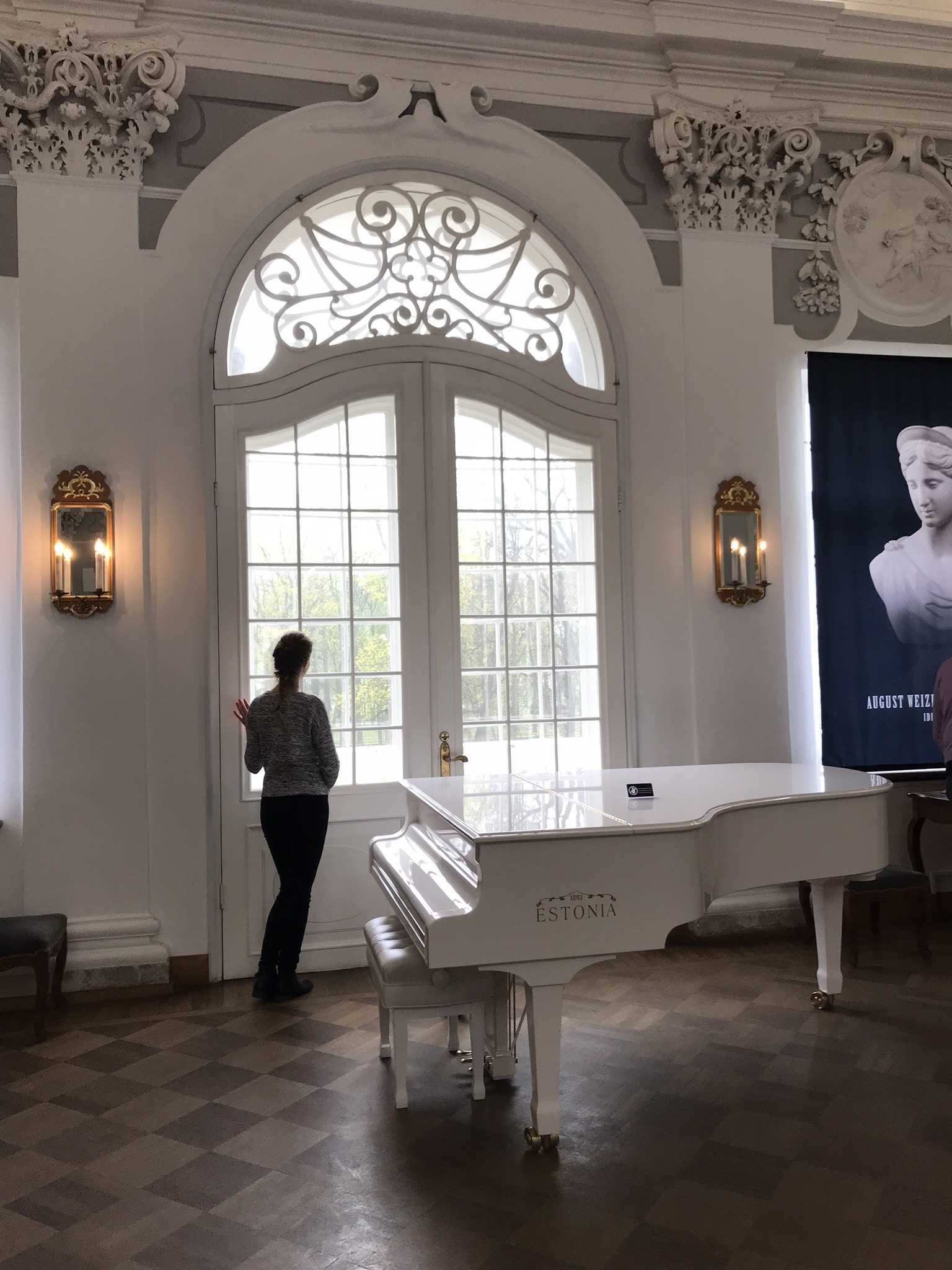The times we had… stands on the side of a pink house with the inscription in Tallinn’s old town. These words describe almost the best this picturesque small town, which celebrates its 800th anniversary this year. My aim to learn more about the Baltic began in Helsinki, from where I arrived in Tallinn by ferry on the Baltic Sea. The fleeting two-hour journey was a great experience, as I had never previously been on an eight-story cruise liner whose stomach could absorb hundreds of trucks in addition to passengers. During the cruise, when I wasn’t writing the Helsinki blog post, I was looking at the grayish-green water in case a whale or dolphin shows up. Unfortunately, I haven’t had the pleasure the meet them, but what’s late doesn’t go away. Anyway I’m going to meet the whales later this year, but I’ll talk about that later on.
We arrived at Tallinn ferry port around 10:00 p.m., where around this hour there was no taxi or any other transport-suitable vehicle, so we got to the apartment by a good 2.5 km walk, where poor Marko, our host, was waiting for us for a long time. In vain, it happens that sometimes guests don’t arrive on time.
We bought a Tallinn card the next morning with which we were able to use public transport for free in addition to viewing many museums and sights. Moreover, since 2013, public transport has been free of charge for those with a home card in Tallinn. Although the bus network and transport in Tallinn are very developed, we still couldn’t miss walking 15-20 km per day. In return, we’ve seen a lot of things from the city and its surroundings, so let’s go to the Top 10.
Old town
If you come to the Estonian capital, the old town is usually the number one attraction you visit, as it is a UNESCO World Heritage Site after all. Tallinn was originally founded by the Danes in the 13th century for commercial purposes and almost immediately became a member of the Hanseatic League. The massive stone buildings stood the test of time and escaped the fires, so the old town retained its medieval character almost entirely with its narrow streets and civic houses.
One of the most impressive complexes, also known as Three Sisters, was once a trading house: one was stored for meat, the other for grain, and the third for spice. Many of the oldest buildings in Tallinn’s old town (1362) are beautifully renovated and serve as a hotel. Walking through the cobbled streets, I felt a little like I was in Cesky Krumlóv, but the towers that appeared on every corner indicated that they were not, which are, by the way, one of the trademarks of Tallinn’s old town. The most beautiful and largest of the cylinder buildings, which form part of the former castle wall, is the Kiek in de Kök artillery tower. Inside the tower, you can get acquainted with the history of the city as part of a themed exhibition.
I wanted to see the city with my own eyes and gather impressions, so I skipped the visit to the tower and continued walking on the alley streets rising up and down. There are many secluded places and courtyards in the old town, from which you can enjoy wonderful views of the city and in fine weather, you can see all the way to the port. I was completely inadvertently mixed in such a place, following the crowd of people, where I came upon the mystical wall sign to which I had already referred in the introduction. It is not known who made the first version of the inscription or when. You can see several images of it on the Internet, but the text is still unchanged: The times we had …
Estonian Open-Air Museum
The Vabaöhumuuseum or open-air museum can be found in Rocca al Mare. If you want to know what life used to be like in rural Estonia, then I would definitely recommend roaming the open-air museum as a 3-4 hour program. As in our country, houses were “moved” from different parts of the country, along with complete equipment.
There is a church, a school, a fishing hut, a firehouse, a farmhouse, some of which are accompanied by ladies dressed in folk costumes. Though a heavy rain with strong wind supported our excursion, I enjoyed the program. We tasted one of the characteristic dishes of Estonian cuisine, yellow pea soup, which tastes very similar to ours.
St Catherine’s Passage
For a long time, I thought this place doesn’t exist. I’ve read about it on various pages of how beautiful it is and the street behind St. Catherine’s Church should definitely be visited. But even though I gave the GPS coordinates and asked the locals where this section of the street is, I didn’t get much help. I’m not the easy-to-send type, so I walked the streets and went into the courtyards until I finally found the medieval street section as a continuation of a narrow alley, which, with its jagged arches, gave me a dazzling view. Find this street as St. Catherine’s Passage really exists and is not a legend.
Pirita Monastery
It is a little further away from Tallinn but this place can be easily reached by bus in about 30 minutes using free public transport. The monastery wasn’t originally part of my itinerary, so we got here by accident, but it’s on these unbeaten roads that the biggest discoveries await you. The Pirita Monastery was one of the most beautiful religious places I have seen during my Estonian tour.
The building, erected in honor of St. Brigitta, was once the largest monastery in northern Europe, where monks and nuns co-lived from 1417 to 1575, which was a really rare case in the Middle Ages. But that’s almost Scandinavia, and there’s a more liberal way of thinking here as we know. The monastery was depopulated after the looting of Ivan Dread, and there are not many memories of what happened to the building after that. In any case, the monumental walls of the building have stood the test of time and offer something eerily beautiful to this day and are home to outdoor concerts and events.
Tallinn TV Tower
I have fear of heights but have some unexplained affection for TV towers. Even bad weather couldn’t stop me from seeing the tower, which was created thanks to the 1980 Olympic Games in Moscow. Tallinn was the venue for the sailing competitions of the games, and this large tower was needed for representative purposes. It was pulled up to 314m highs at record speeds. Since then, the Tallinn Tower has been the tallest lookout tower in northern Europe, where even Gandhi made a visit. I have not seen much from the surrounding view because of the grey rain-curtain. But at least I had a delicious cake and coffee and relaxed on the panoramic terrace.
Botanical Garden
For a nature-adore traveler like me, it’s a must-see program to visit a botanical garden. The garden, located right next to the TV tower, provided shelter from the heavy rain. As I headed to the palm house, I saw some tulips that were just opening in the garden. If you come later in May, there is a tulip feast in this garden and must be amazing. Anyways this is Estonia’s largest botanical garden that has nearly 4,500 different plant species from all over the world. You can easily spend 1-2 hours here if you like flowers and nature and would like to have a little fun in the garden and greenhouses.
St Olaf Church
This Gothic church, once was the tallest structure in the world, is named after St. Olaf, the patron saint of sea travelers. As a result of lightning strikes and fires, the former height of 153 meters has now dwindled to 123 m, but this does not detract anything from the value of the nearly 800-year-old building. From the top, you can enjoy a panoramic view of the entire old town of Tallinn and the Baltic Sea, so it is definitely worth climbing the breakneck spiral staircases.
Unfortunately, the going up and forth traffic on the stairs isn’t really solved. Many times, you have to hang on to stretched ropes by balancing a few square centimeters so that visitors can go further. But if you’re looking for a nice panorama of Tallinn, you shouldn’t miss this place.
Aleksander Nevski Church
Located in the heart of Tallinn’s old town, this beautiful Orthodox church evokes the days when Estonia was part of the Russian Empire. Without saying anything, it was the only church in Tallinn that could be accessed for free (even though we looked at, like, four). The exterior of the Alekander Nevski Temple is truly impressive and the building itself is located at one of the highest points of Tallinn on Mount Toompea. The interior hasn’t really impressed me, for example the iconostasis of the Orthodox church in Sarajevo is much more beautiful.
Estonian Maritime Museum
I’m not a big museumgoer, but if I had to say one thing in Tallinn that was worth the price (€15 is the entrance fee, but the Tallinn card is free to visit), it would be a Maritime Museum in the former airport hangar. In addition to the parade of the site itself, countless ships, firearms and sailboats illustrate the development of navy and shipping and you can even try out and touch everything. For me, it was a great experience to look inside a real submarine, if only because I failed to get into the one on the island of Suomenlinna in Helsinki. Let’s have thorough documentation of it, because most people probably rarely get to a place like this.
Számomra hatalmas élmény volt például egy valódi tengeralattjáró belsejét szemügyre venni, már csak azért is, mert Helsinkiben a Suomenlinna szigetén lévőbe nem sikerült bejutnom. Jöjjön is róla egy alapos dokumentáció, mert valószínűleg az emberek többsége ritkán jut el ilyen helyre.
Kadriorg Palace
One of the masterpieces of Baroque architecture is the summer residence built by the Russian Tsar Peter the Great, which is now housed in the Estonian Museum of Art. The palace was named after Catherine I, who was married to the Tsar, and this pink miracle was raised in her honor. In vain, love used to manifest itself in very different levels and gestures than it does today.
As you approach the palace building you can say, it’s nice, but nothing really special. But when you enter the building, you will definitely have a wow experience. There are huge spaces with richly decorated ceiling frescoes, beautifully tiled stoves, crystal chandeliers, all among the works of many Köler, Weizenberg and guest creators.
In fine weather, it is worth nixing out in the courtyard of the palace, admiring the symmetrical garden, or cooling off by the water jets of the fountains. This time, the rain intervened (as well), so after taking a quick photo, I continued my way to Latvia to explore Riga as the next stop of the Baltics.





